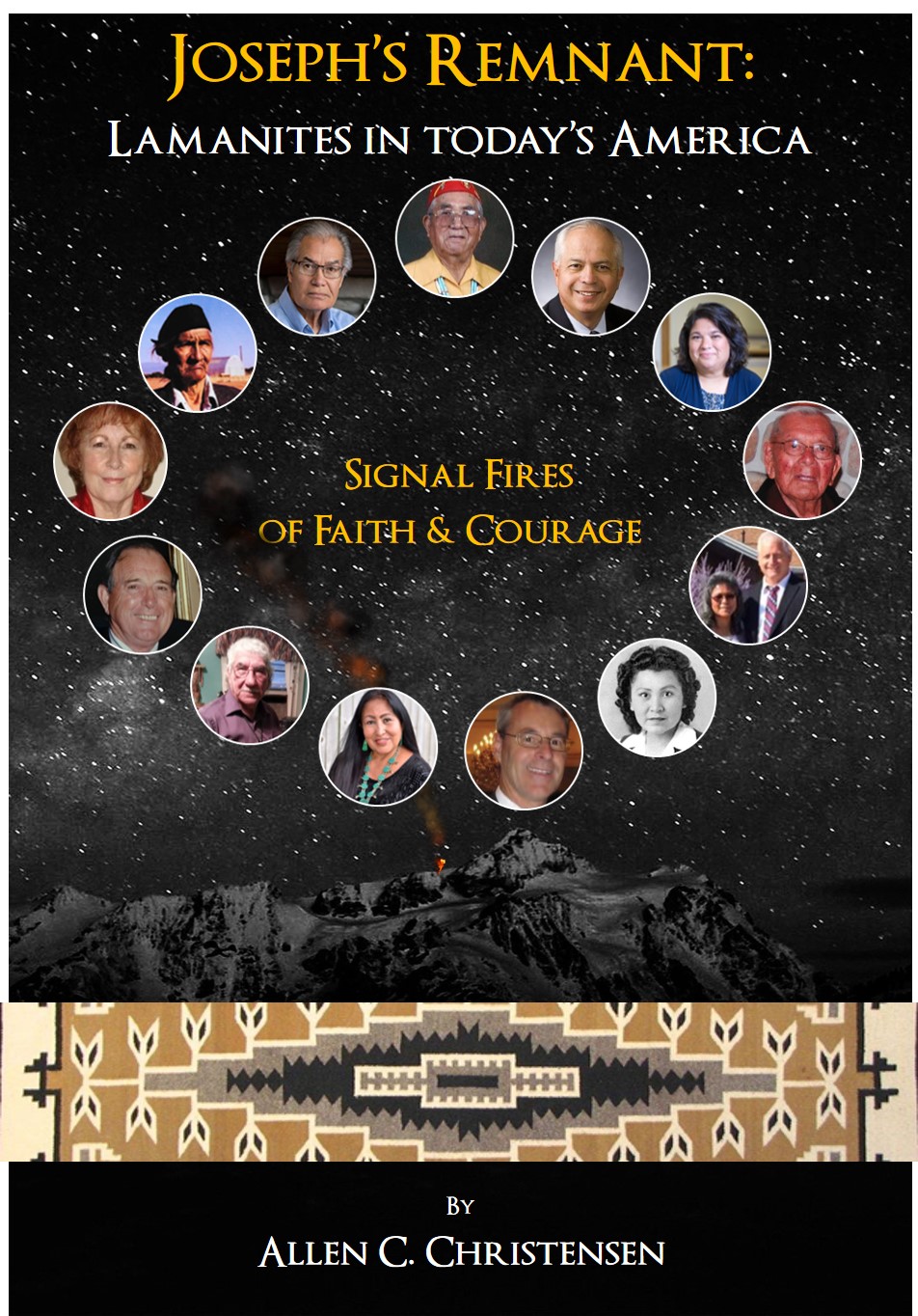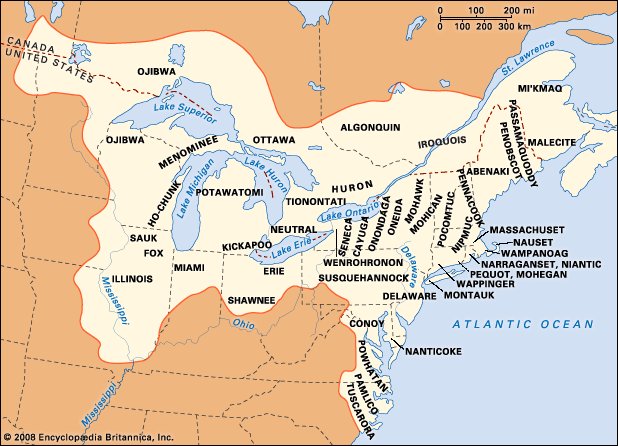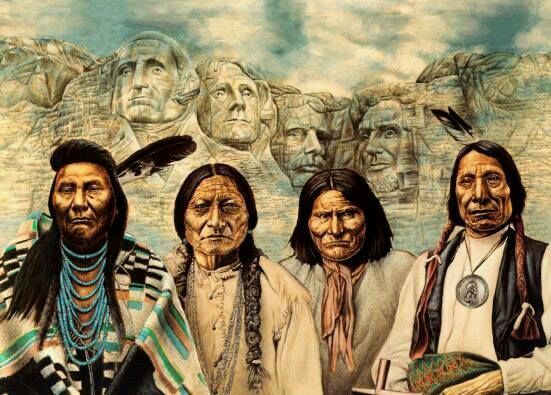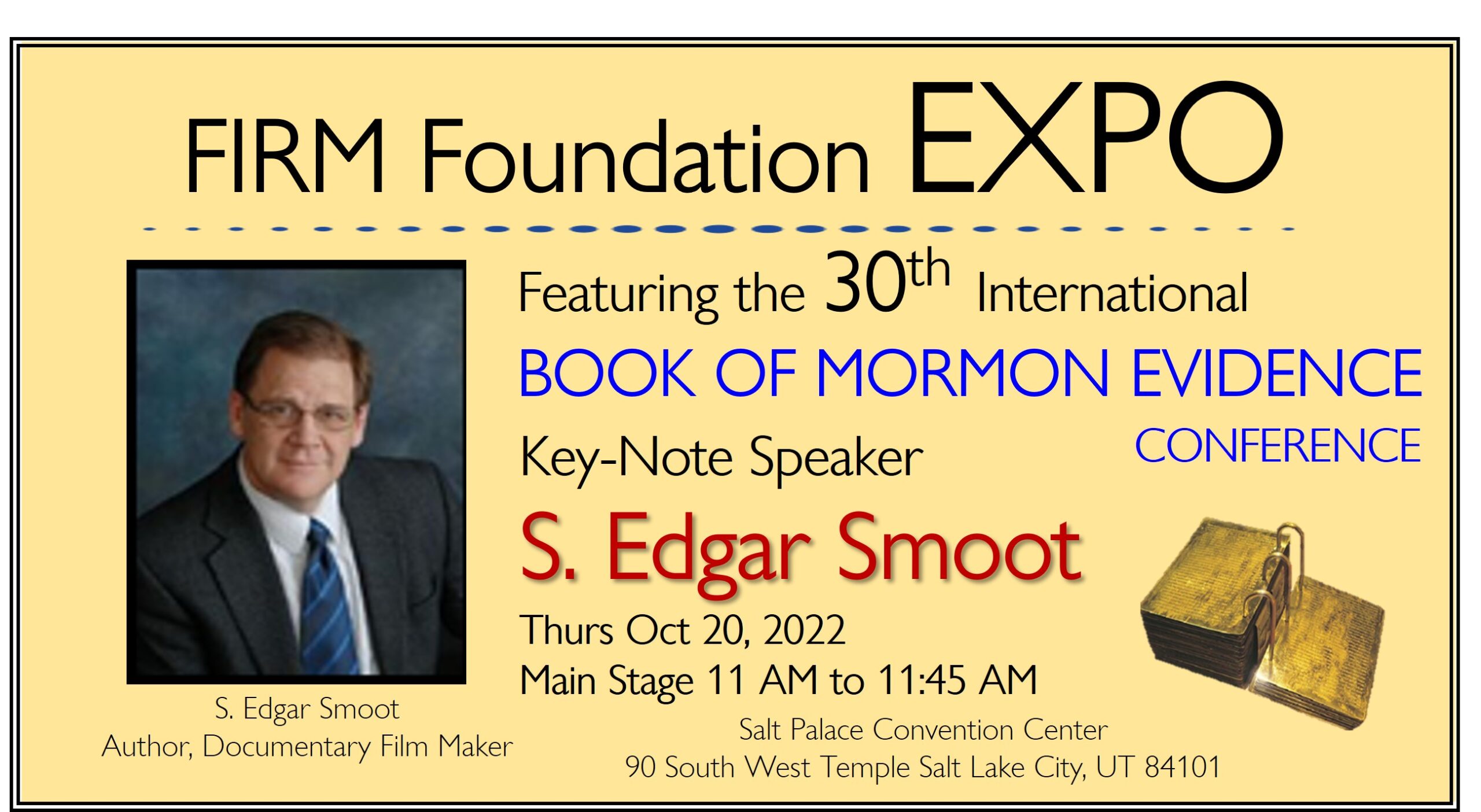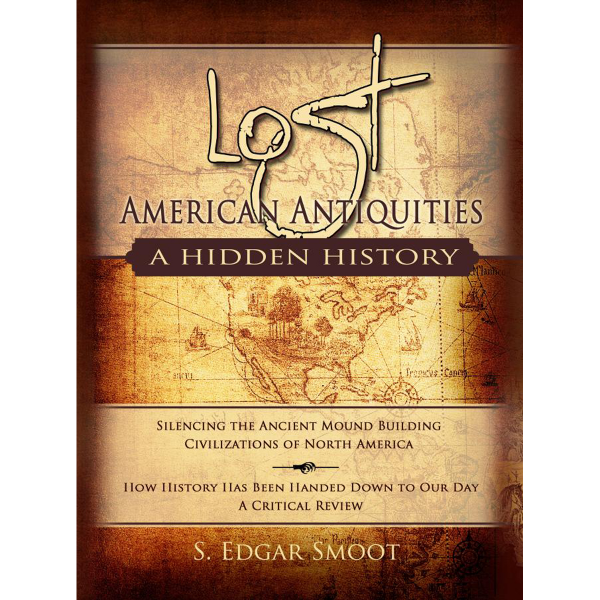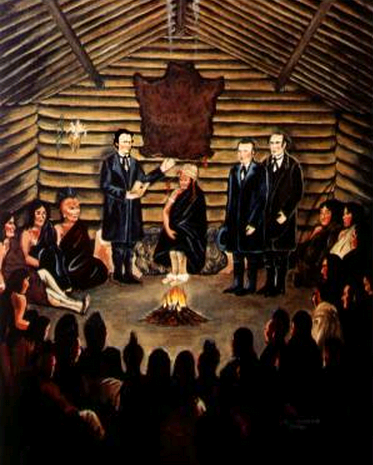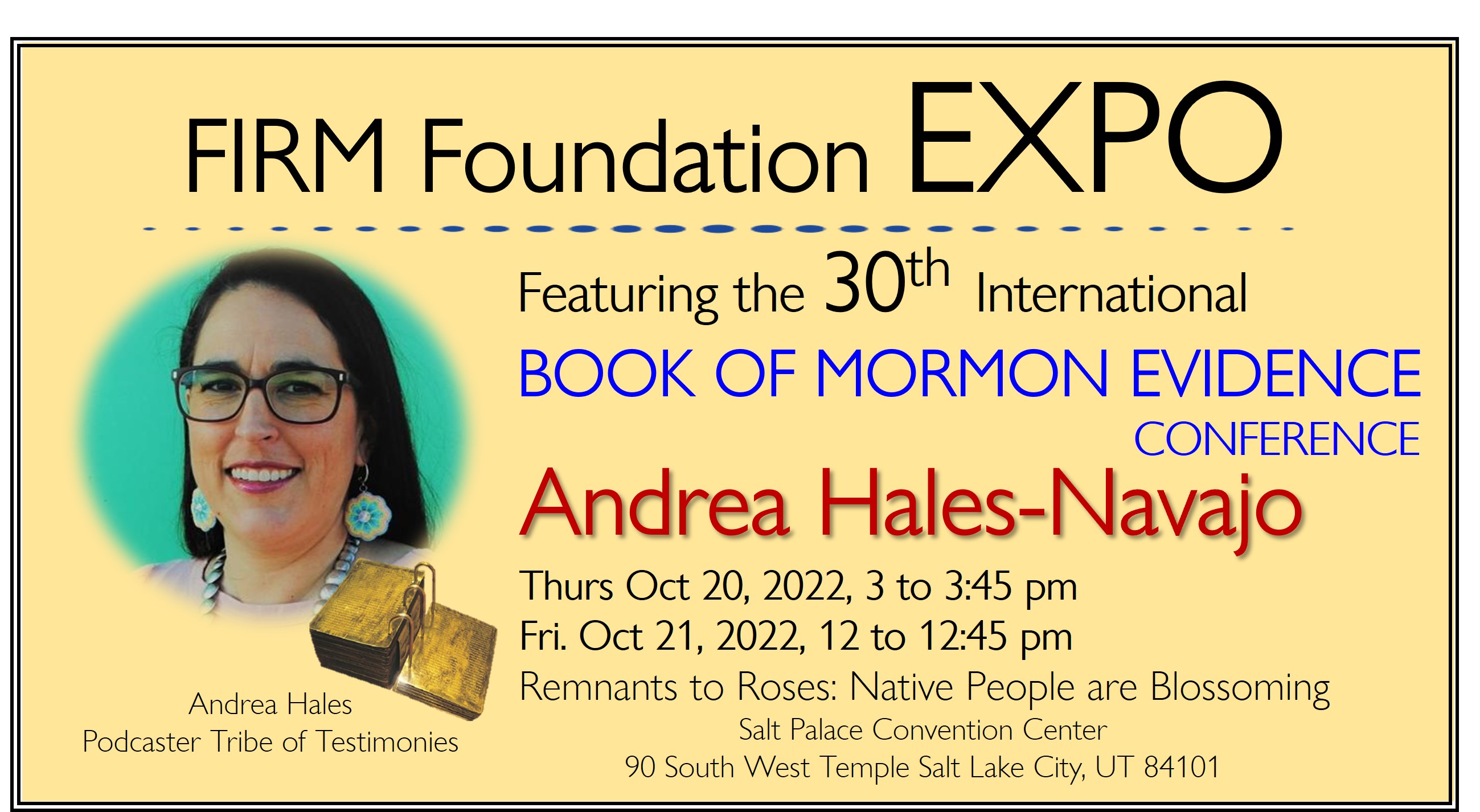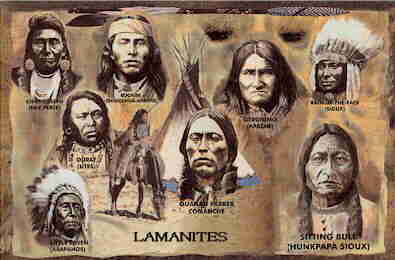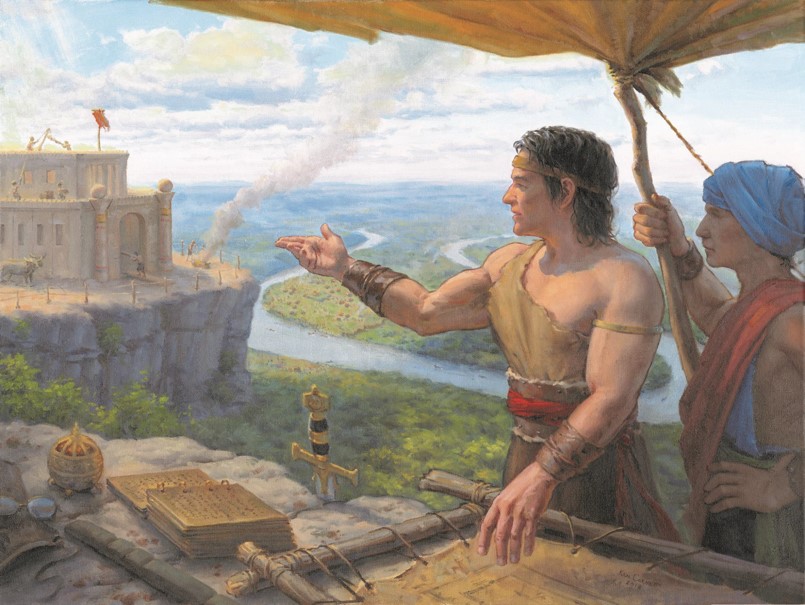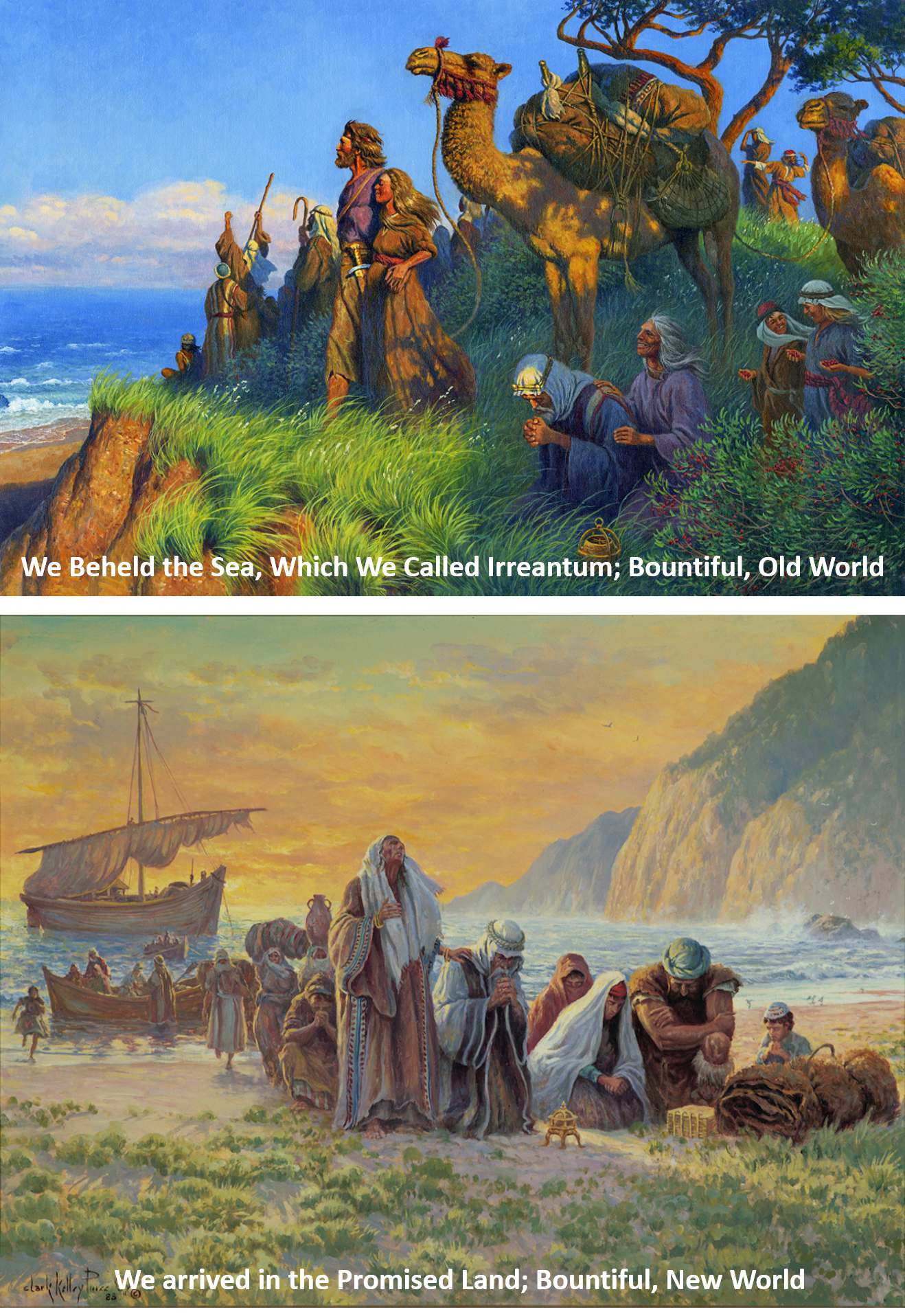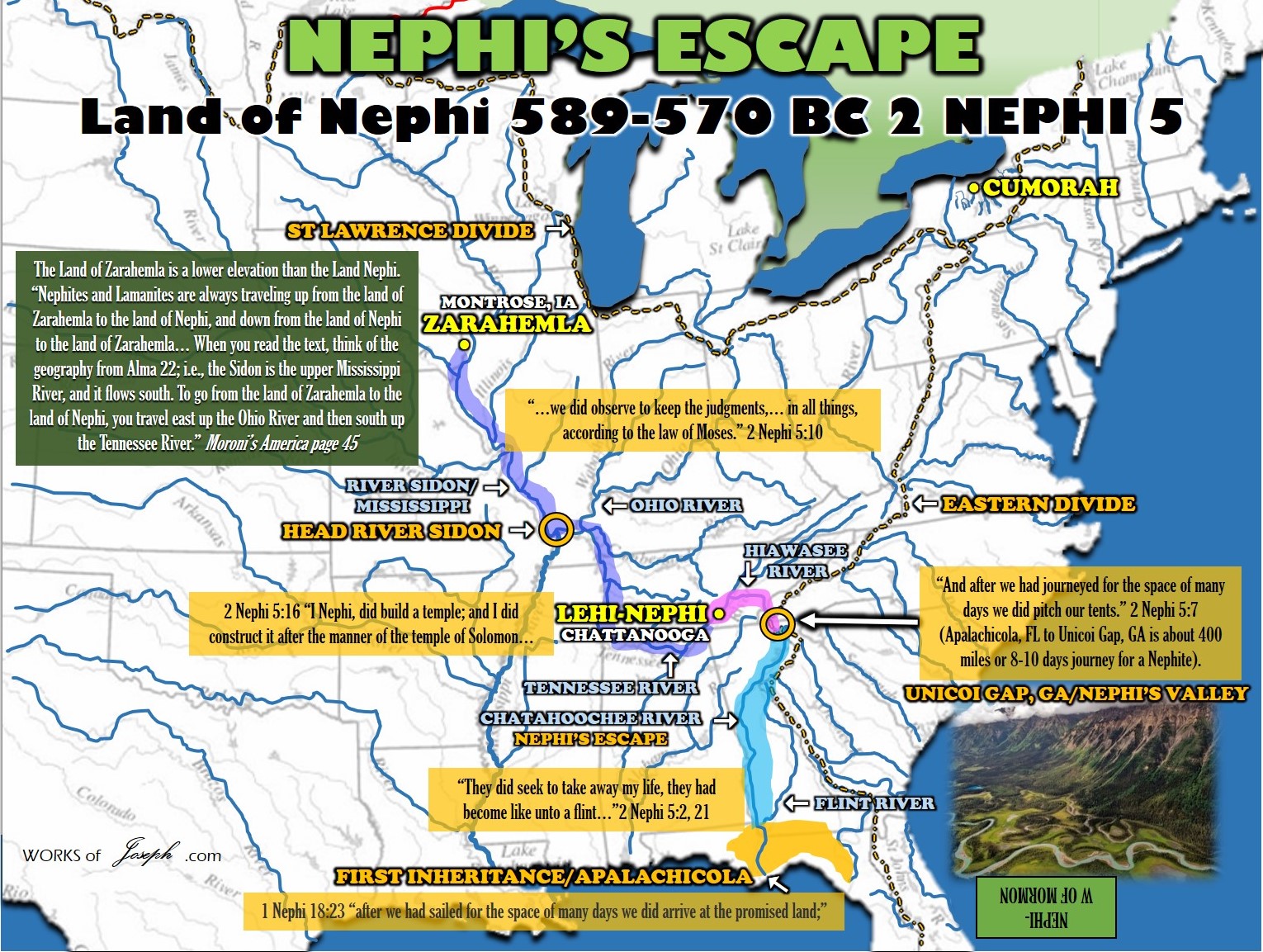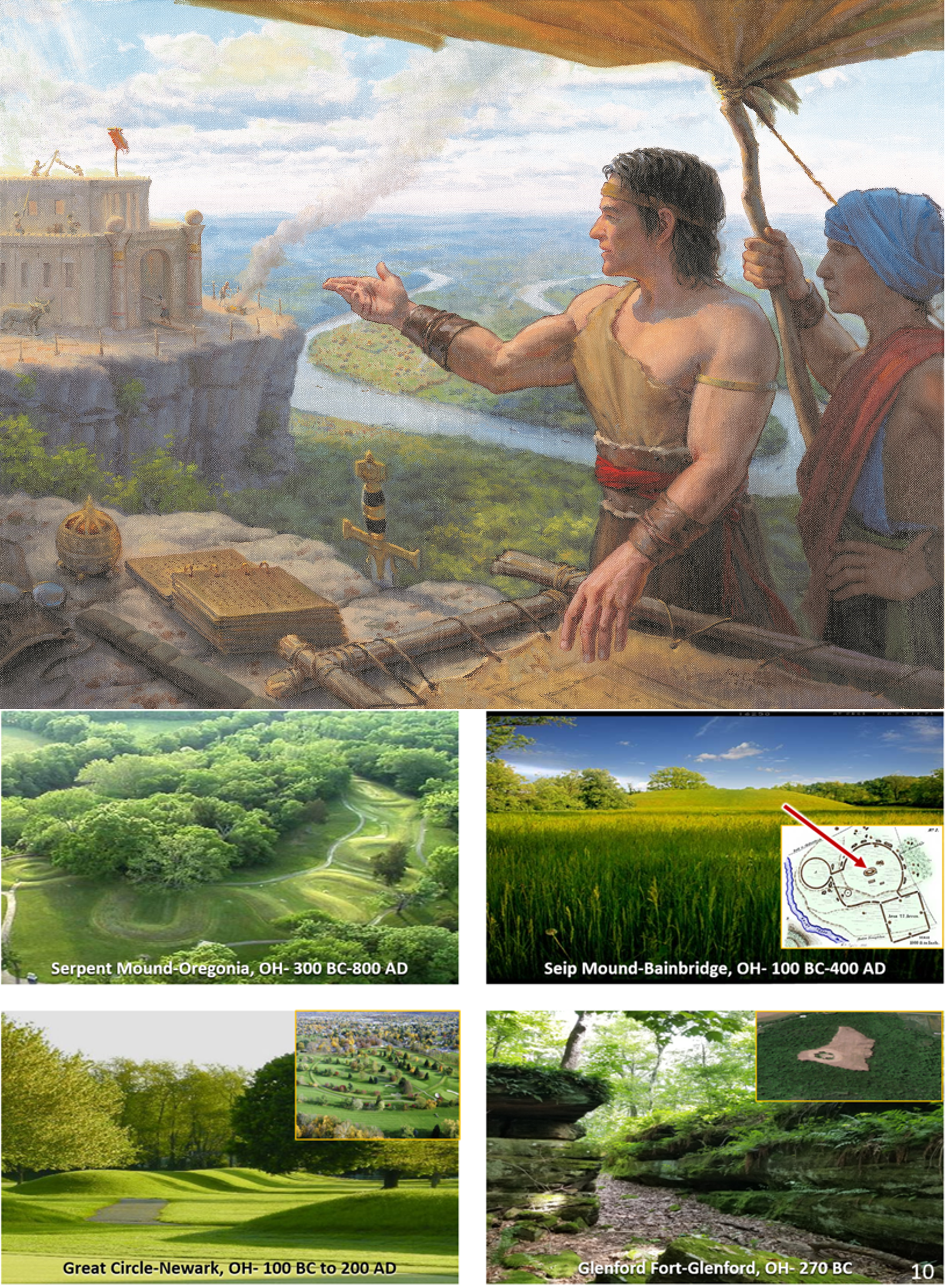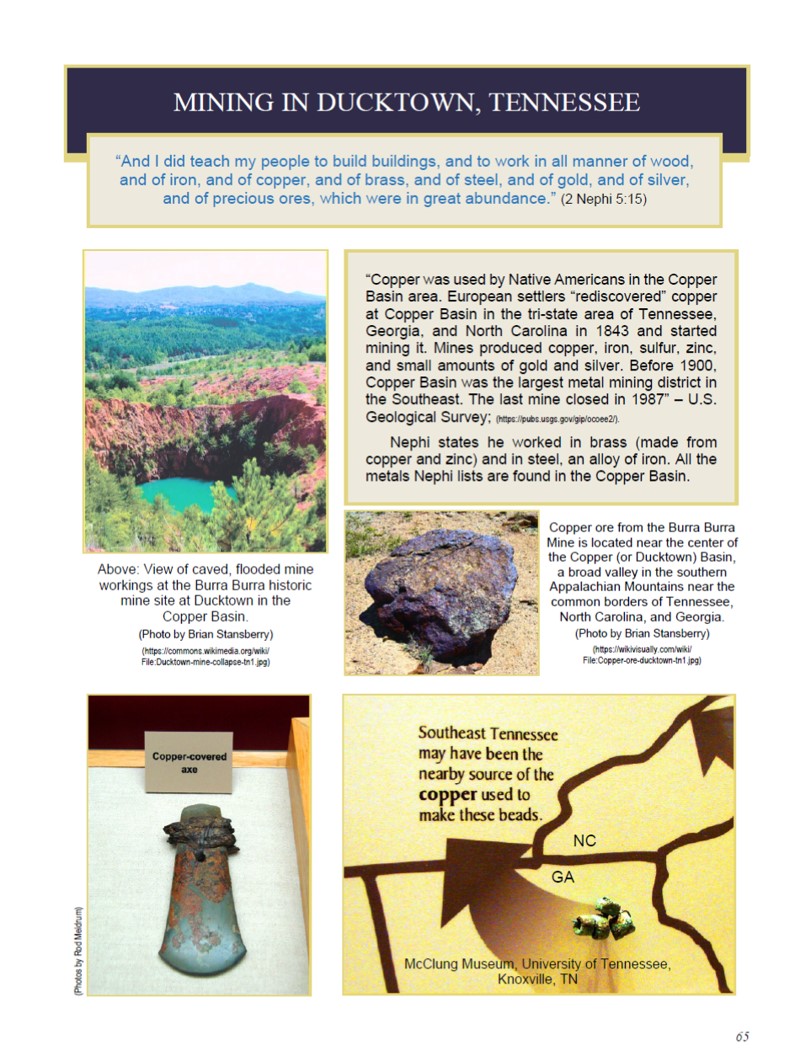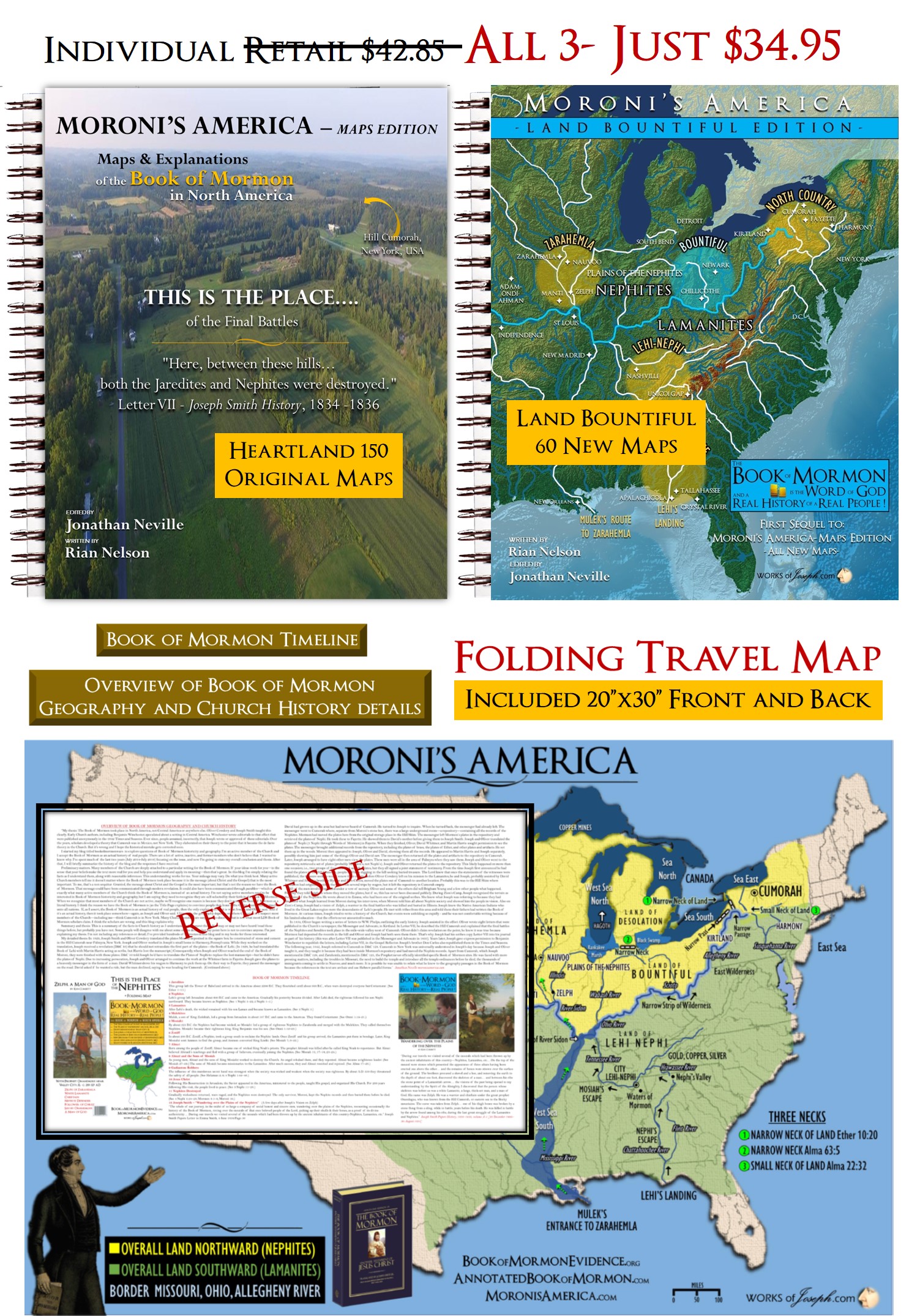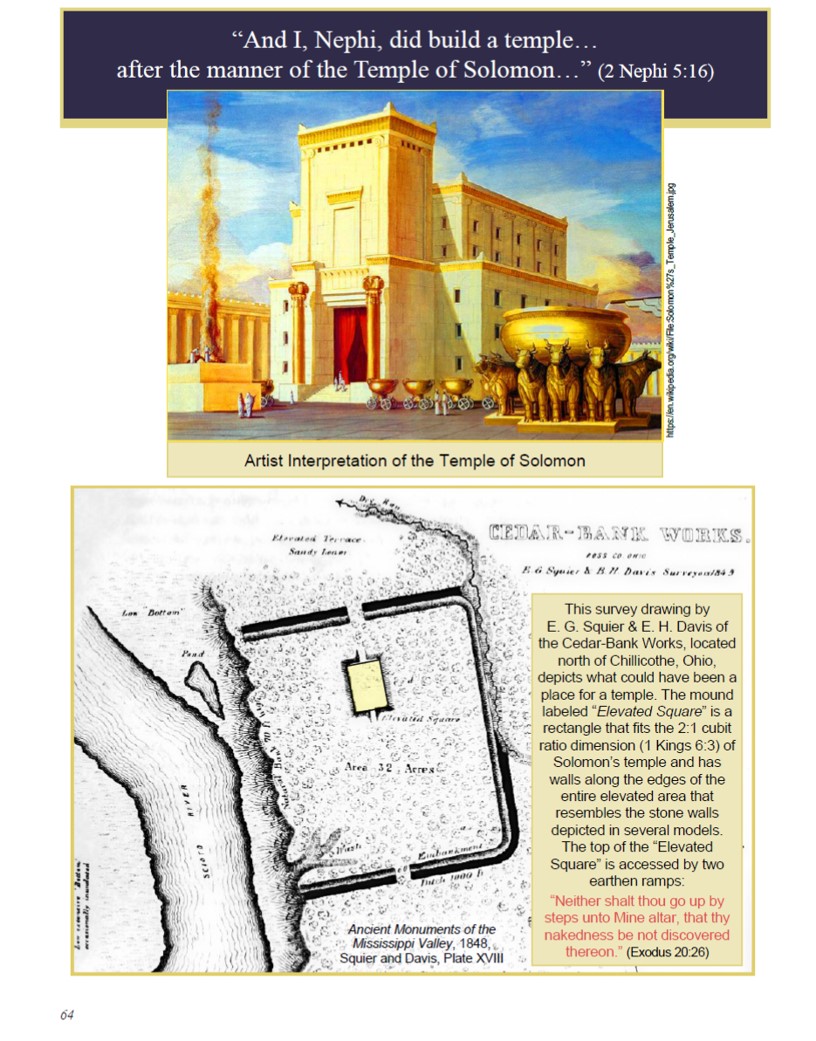I, NEPHI, DID BUILD A TEMPLE

By faith, Nephi obtained the plates of brass, brought Ishmael’s family from Jerusalem, subdued his brothers time and again, obtained food for his family, received revelation from the Lord, taught the Law of Moses, and following the Lord’s instructions said, “I, Nephi, did build a Temple.” 2 Nephi 5:16. Nephi is the ultimate example of faith and one who we all look to as a righteous representative of our Savior Jesus Christ. Nephi also said, “And upon the wings of His Spirit hath my body been carried away upon exceedingly high mountains. And mine eyes have beheld great things, yea, even too great for man; therefore, I was bidden that I should not write them.” 2 Nephi 4:25.
The Title “Nephi”
In Nephi’s words we feel the magnitude of the sacred relationship that Nephi shared with Jehovah, the Great I Am, whose name is vital in our understanding of Him. Elder Jeffrey R. Holland said, “To the Lord’s covenant people, names—particularly proper names—have always been very important. Adam and Eve themselves bore names that suggested their roles here in mortality (see Moses 1:34; 4:26) and, when important covenants were made, men like Abram and Jacob took on new names that signaled a new life as well as a new identity. (See Gen. 17:5; 32:28). Because of this reverence for titles and the meanings they conveyed, the name Jehovah, sometimes transliterated as Yahweh, was virtually unspoken among that people. This was the unutterable name of Deity, that power by which oaths were sealed, battles won, miracles witnessed. Traditionally, he was identified only through a tetragrammaton, four Hebrew letters variously represented in our alphabet as IHVH, JHVH, JHWH, YHVH, YHWH.” Whom Say Ye That I Am? Jeffrey R. Holland Ensign Sept. 1974.
Written in Paleo-Hebrew and used from 1000 BC – 400 AD,![]() represents the name “Jehovah”, or the tetragrammaton. All throughout the Old Testament, the word ‘LORD’ (all small caps), replaced the sacred name “Yahweh” as described above. “I Am” in Hebrew is “Yahweh” and “Adonai” is the Hebrew word for LORD.
represents the name “Jehovah”, or the tetragrammaton. All throughout the Old Testament, the word ‘LORD’ (all small caps), replaced the sacred name “Yahweh” as described above. “I Am” in Hebrew is “Yahweh” and “Adonai” is the Hebrew word for LORD.
“Here is an interesting note about the name Nephi. “Nephi; This is also an Egyptian name, usually given as Knephi, and transliterated into Hebrew as Nebi. It means “prophet” or one who speaks with God. The great Osiris, one of the Egyptian gods, was called Nephi or Knephi and the city in his honor was n-ph (vowels always had to be supplied). It is the city we know today as Memphis, located across the Nile from Cairo, but it is referred to by its original name of Noph (a variant of Nephi) in the writings of Hosea, Isaiah, and Jeremiah.” Treasures from the Book of Mormon by W. Cleon Skousen. See “Noph” in LDS Bible Dictionary.
“In speaking about the 13th Atotarho (or Sachem or Chief ) in the Iroquois tradition, we read also in the Book of Mormon. “And whoso should reign in [Nephi’s] stead were called by the people, ‘Second Nephi,’ ‘Third Nephi,’ and so forth…” (Jacob 1:11)
This name, Atotarho was used like a title such as King, or Sachem, or Prince, etc. Just as the name Nephi may have been used as a title. We know there are many names of Nephi in the Book of Mormon, but they may have also meant titles of Nephi 1, Nephi 2, Nephi 3, etc. Just as you see in history of the Iroquois naming many various Atotarho’s. It seems there were variations of the name of their leader or king. See the many titles below one only one page as King Tah-to-tah #1-6, on records of the St George Temple. King Tah-to-tah names #7-15 were on the next page of the temple records.
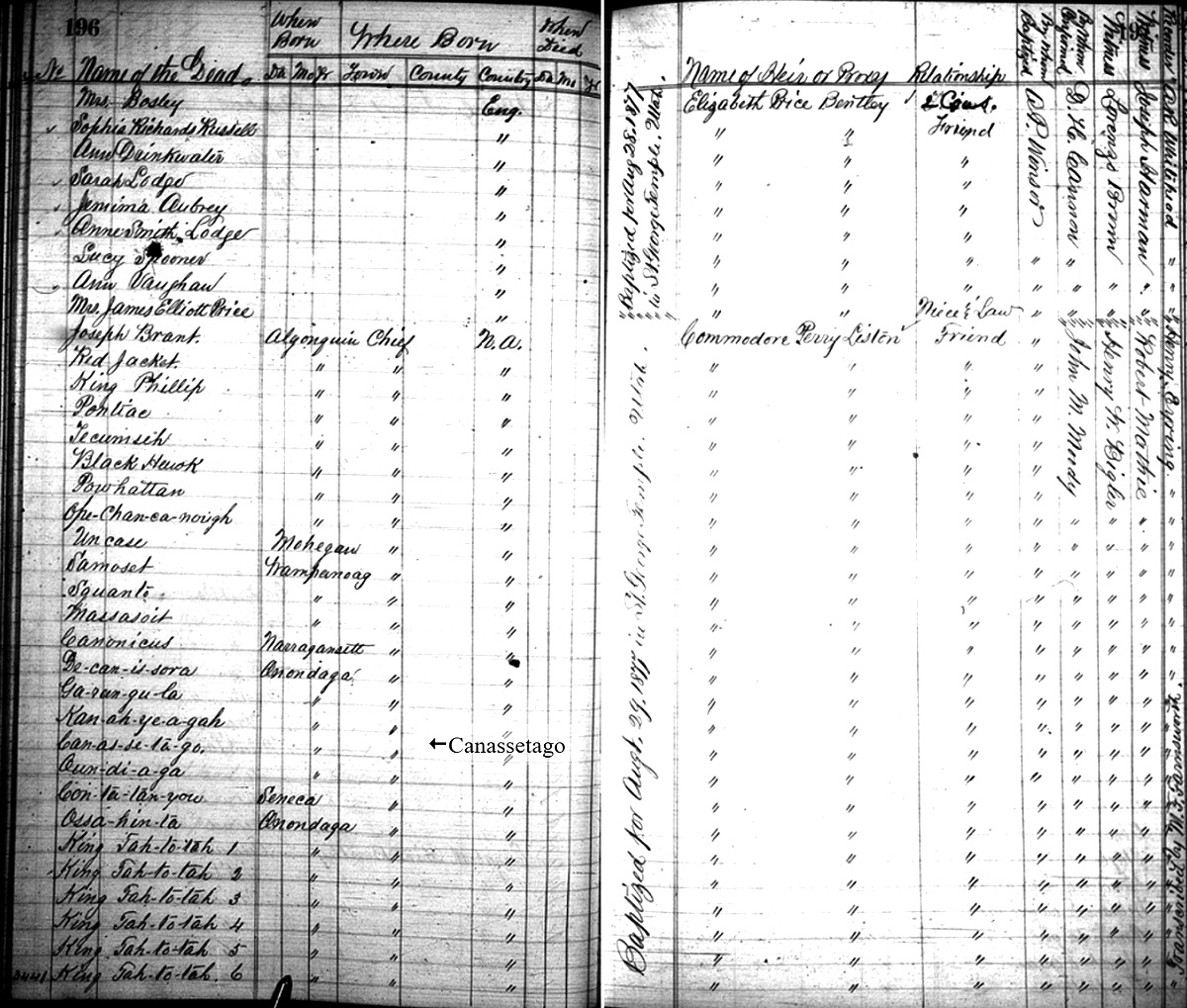
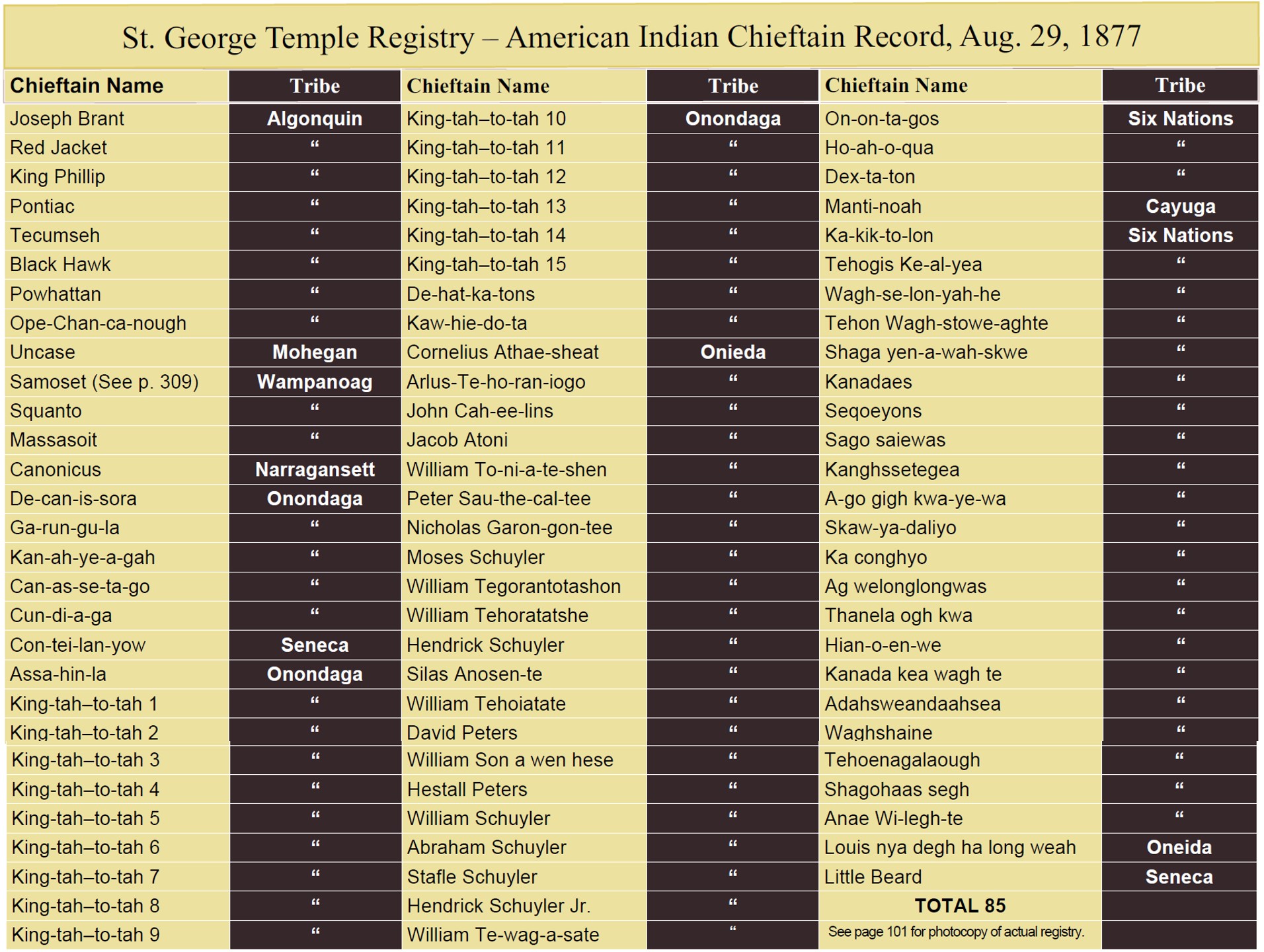
“Tadodaho was said to be a warrior and primary chief of the Onondaga people. Depending on the speaker’s dialect and the writer’s orthography, other versions of the name include Adodarhoh, Atartaho, Atotarho, Tatotarho, Thatotarho, and Watatohtahro. In the 1883 work The Iroquois Book of Rites, edited by Horatio Hale, the term Atartaho is said to signify “entangled”. Wikipedia
Delores Kahkonen-85 Cheifs Baptized
“The St. George Temple record, pages 196-201, shows proxy baptisms and confirmations for 85 Native American Chiefs that were performed on August 29th, 1877. These records were initially found by Robert Goodwin and Rod Meldrum. Then I, Delores Kahkonen of the Six Nations-Upper Cayuga, saw the records at Rod Meldrum’s conference. I recognized that they were my people and afterwards began the first additional temple work and the completion for these 85 Chieftains. I saved an endowment for Rod, Chief Canessetego, not aware of how special it was to him. Then later Rod and his wife were able to perform the proxy sealing for Chief Canessetego and his spouse in the St. George Temple. Furthermore, from 2014 to June 2024 about 11,000 [Updated today in Jan 2025 to 13,000] Native American Indian names have been submitted and with the assistance of numerous, wonderful volunteers their proxy temple work has been completed. The sacred effort of gathering the house of Israel on the other side of the veil has resulted in these Lamanites becoming a People of Zion for Heavenly Father. This incredible holy work for them continues today!” Delores Kahkonen
What was Nephi’s Path as he Escaped his Brothers?

The Nephites loved and followed Nephi as he taught them about faith in the Lord. 2 Nephi 5 says, “And we did take our tents and whatsoever things were possible for us, and did journey in the wilderness for the space of many days. And after we had journeyed for the space of many days we did pitch our tents. [See Unicoi Gap I call Nephi’s Valley, in the map above]. And we did observe to keep the judgments, and the statutes, and the commandments of the Lord in all things, according to the law of Moses. And the Lord was with us; and we did prosper exceedingly; for we did sow seed, and we did reap again in abundance…” 2 Nephi 5
The Tools of Nephi
 2 Nephi 5 continued, “And we began to raise flocks, and herds, and animals of every kind. And I, Nephi, had also brought the records which were engraven upon the plates of brass; and also the ball, or compass, [See art above]which was prepared for my father by the hand of the Lord, according to that which is written. And I, Nephi, did take the sword of Laban, and after the manner of it did make many swords, lest by any means the people who were now called Lamanites should come upon us and destroy us; for I knew their hatred towards me and my children and those who were called my people.” 2 Nephi 5:7,10-12,14. [See Nephi’s Tools picture above]. The Lord speaks of the importance of earthly tools or sacred relics when he said, “And behold, all things have their likeness, and all things are created and made to bear record of me, both things which are temporal, and things which are spiritual.” Moses 6:63.
2 Nephi 5 continued, “And we began to raise flocks, and herds, and animals of every kind. And I, Nephi, had also brought the records which were engraven upon the plates of brass; and also the ball, or compass, [See art above]which was prepared for my father by the hand of the Lord, according to that which is written. And I, Nephi, did take the sword of Laban, and after the manner of it did make many swords, lest by any means the people who were now called Lamanites should come upon us and destroy us; for I knew their hatred towards me and my children and those who were called my people.” 2 Nephi 5:7,10-12,14. [See Nephi’s Tools picture above]. The Lord speaks of the importance of earthly tools or sacred relics when he said, “And behold, all things have their likeness, and all things are created and made to bear record of me, both things which are temporal, and things which are spiritual.” Moses 6:63.
The tools of faith shown in this painting above by Ken Corbett, were utilized by Nephi and subsequent Prophets, and delivered to Joseph Smith in our day. The Lord said through Joseph Smith, “Behold, I say unto you, that you must rely upon my word, which if you do with full purpose of heart, you shall have a view of the plates, and also of the breastplate, the sword of Laban, the Urim and Thummim, which were given to the brother of Jared upon the mount, when he talked with the Lord face to face, and the miraculous directors which were given to Lehi while in the wilderness, on the borders of the Red Sea. And it is by your faith that you shall obtain a view of them, even by that faith which was had by the prophets of old.” D&C 17:1-2.
 Nephi’s breastplate in this painting represents Nephi’s readiness for the protection of his people and was not necessarily the one that Joseph Smith found at Cumorah, but it may have been. The breastplate at Cumorah was possibly one of those mentioned in Mosiah 8:10, given to Mosiah by Limhi’s explorers. This Jaredite breastplate was handed down to Alma (Mosiah 28:20), and eventually to Moroni to be buried with the other tools of faith at Cumorah.
Nephi’s breastplate in this painting represents Nephi’s readiness for the protection of his people and was not necessarily the one that Joseph Smith found at Cumorah, but it may have been. The breastplate at Cumorah was possibly one of those mentioned in Mosiah 8:10, given to Mosiah by Limhi’s explorers. This Jaredite breastplate was handed down to Alma (Mosiah 28:20), and eventually to Moroni to be buried with the other tools of faith at Cumorah.
Mosiah the Second used seer stones or interpreters, to translate the twenty-four Jaredite plates (Mosiah 28:13), as his grandfather Mosiah the First interpreted the Jaredite stone record (Omni 1:20). These seer stones are represented in the painting and may have been handed down from Lehi or Nephi.

Moses and the Israelites were also blessed with similar tools of faith that physically represented spiritual things. “…The ark of the covenant overlaid roundabout with gold, wherein was the golden pot [ie liahona] that had manna, and Aaron’s rod [ie Sword] that budded, and the tables of the covenant;[Plates] And over it the cherubims of glory shadowing the mercyseat; of which we cannot now speak particularly.” Hebrews 9:4-5.
 After Nephi and his people were driven into the wilderness and found a place to settle, Nephi continued to instruct and serve his people. “And I did teach my people to build buildings, and to work in all manner of wood, and of iron, and of copper, and of brass, and of steel, and of gold, and of silver, and of precious ores, which were in great abundance. And I, Nephi, did build a temple; and I did construct it after the manner of the temple of Solomon save it were not built of many precious things; for they were not to be found upon the land, wherefore, it could not be built like unto Solomon’s temple. But the manner of the construction was like unto the temple of Solomon; and the workmanship thereof was exceedingly fine.” 2 Nephi 5:15-16 italics added.
After Nephi and his people were driven into the wilderness and found a place to settle, Nephi continued to instruct and serve his people. “And I did teach my people to build buildings, and to work in all manner of wood, and of iron, and of copper, and of brass, and of steel, and of gold, and of silver, and of precious ores, which were in great abundance. And I, Nephi, did build a temple; and I did construct it after the manner of the temple of Solomon save it were not built of many precious things; for they were not to be found upon the land, wherefore, it could not be built like unto Solomon’s temple. But the manner of the construction was like unto the temple of Solomon; and the workmanship thereof was exceedingly fine.” 2 Nephi 5:15-16 italics added.
 Nephi wanted his temple to be like Solomon’s, not in size, but in functionality. To perform the rituals prescribed by the Law of Moses his people would need a temple parallel to Solomon’s in rooms and relics. The workmanship of the temple as Nephi stated was “exceedingly fine”, and likely required organized building plans, [See art above] using measuring rods, a line of flax, and other mathematical tools. Ezekiel 40:2-3. Nephi may have written these plans on parchment. 2 Tim. 4:13. Over 85% of the Dead Sea Scrolls were written on calf skin parchment known as vellum, so it’s easy to imagine that the Nephite culture used similar material.
Nephi wanted his temple to be like Solomon’s, not in size, but in functionality. To perform the rituals prescribed by the Law of Moses his people would need a temple parallel to Solomon’s in rooms and relics. The workmanship of the temple as Nephi stated was “exceedingly fine”, and likely required organized building plans, [See art above] using measuring rods, a line of flax, and other mathematical tools. Ezekiel 40:2-3. Nephi may have written these plans on parchment. 2 Tim. 4:13. Over 85% of the Dead Sea Scrolls were written on calf skin parchment known as vellum, so it’s easy to imagine that the Nephite culture used similar material.
Nephi may have used black inks like those found on the Dead Sea Scrolls that are made up of carbon soot mixed with olive oil, honey, or water, to thin the ink to a proper consistency for writing. In order to apply the ink to scrolls or parchment, its writers used “reed pens” by sharpening a reed straw, piece of bamboo or other wood. “In the oldest book in the Bible, in Job 19:24, there’s a reference to inscribing with an iron pin on lead. “Oh that my words were now written! oh that they were printed in a book. That they were graven with an iron pen and lead in the rock forever” Job 19:23-24
One of Lehi’s contemporaries was Jeremiah. “Some of Jeremiah’s prophecies were contained in the brass plates [See art above] of Laban secured by Nephi.” LDS Bible Dictionary; Jeremiah. Another contemporary of Lehi’s was the Prophet Ezekiel who prophesied from c.608-570 BC, about a messenger showing him the specific steps in building a temple. It seems possible those instructions to Ezekiel, may have been on the plates of brass or shared with Lehi. [Ezek. 47–48, the description of the latter-day temple in Jerusalem, the river running from the temple into the Dead Sea to heal it, and the building of a city “foursquare.”]. Notice in the art above that the plates have 4 rings not 3 as Jospeh Smith described the Gold Plates. We don’t know what the Brass Plates looked like but the art distinguished the various sets of plates.
The Nephites surely had tabernacles in the wilderness as Moses did to offer sacrifices, so why did the Nephites need temples? The brief account in Alma 10 about Aminadi, who interpreted the writing on the wall of the temple, which was written by the finger of God, may help us understand. It wasn’t about sacrifice, but about the revelation of higher knowledge and how to come into the presence of God, accessing knowledge from Him and becoming more like Him. The temple then was a place for the revelation of higher truths that could only be understood through wisdom given by God’s Spirit.
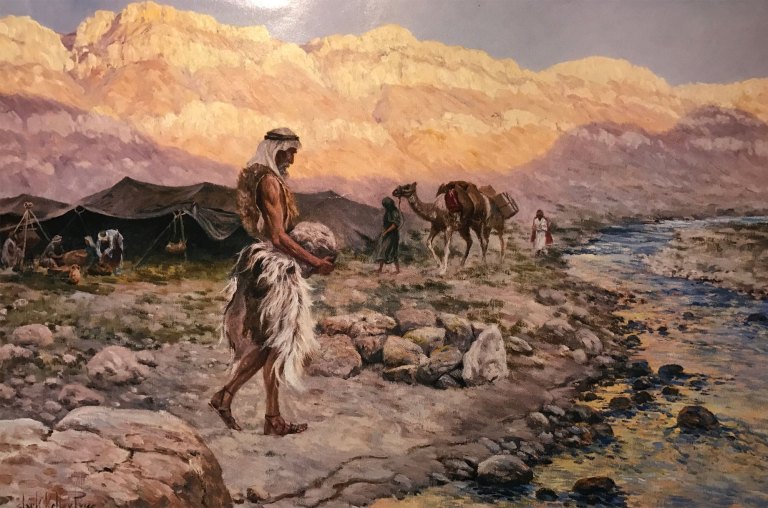
The temple would be built on the highest point of the Nephite settlement. (Painting represents Lookout Mountain, TN above Moccasin Bend on the Tennessee River). It would be facing directly east symbolic of The Savior’s coming. It was to be built like Solomon’s. The altars of the temple were made of stacked stone, not hewn stone. “The word in Exodus 20:25 which is translated as ‘tool’ is the Hebrew חרב which most literally means ‘sword’. There explains that a sword is designed to shorten life, while an altar is designed to lengthen life by being used to achieve atonement. It makes sense, therefore, that one should not be used in the formation of the other.” Rashi, Medieval French Rabbi.
Angel Mound Indiana. Mortar applied to the wood structure for strength. In reference to Solomon’s Temple, the LDS Bible Dictionary says; “The temple walls were composed of hewn stone made ready at the quarry. The roof was of cedar and the walls were paneled with it. The cedar was carved with figures (cherubim, palm trees, and flowers) and was overlaid with gold fitted to the carving. All the materials for the house were prepared before they were brought to the site… There were two temple courts. The inner court was surrounded by a wall consisting of three rows of hewn stone and a row of cedar beams.” 1 Kgs. 6:36. “And Solomon’s builders and Hiram’s builders did hew them, and the stonesquarers: so they prepared timber and stones to build the house.” 1 Kings 5:18. “Pillars of Solomon’s temple (1 Kgs. 7:21; 2 Chr. 3:17); the names denote “He will establish” [Jachin] and “In Him is strength” [Boaz]. The pillars, which stood on the south and north sides of the porch, were probably ornamental and not intended to support any part of the weight of the building.” LDS Bible Dictionary.
In reference to Solomon’s Temple, the LDS Bible Dictionary says; “The temple walls were composed of hewn stone made ready at the quarry. The roof was of cedar and the walls were paneled with it. The cedar was carved with figures (cherubim, palm trees, and flowers) and was overlaid with gold fitted to the carving. All the materials for the house were prepared before they were brought to the site… There were two temple courts. The inner court was surrounded by a wall consisting of three rows of hewn stone and a row of cedar beams.” 1 Kgs. 6:36. “And Solomon’s builders and Hiram’s builders did hew them, and the stonesquarers: so they prepared timber and stones to build the house.” 1 Kings 5:18. “Pillars of Solomon’s temple (1 Kgs. 7:21; 2 Chr. 3:17); the names denote “He will establish” [Jachin] and “In Him is strength” [Boaz]. The pillars, which stood on the south and north sides of the porch, were probably ornamental and not intended to support any part of the weight of the building.” LDS Bible Dictionary.

The outside of the temple may have been finished with a mortar cement made out of limestone [See above] which was prevalent in the Promised Land. We also find mention of cement houses in the Book of Mormon. Heleman 3:7. “Lime mortar is a type of mortar composed of lime and an aggregate such as sand, mixed with water. It is one of the oldest known types of mortar, dating back to the 4th century BC and widely used in Ancient Rome and Greece.” Lucas, A. 2003 Ancient Egyptian Materials and Industries. After processing, products derived from limestone have the unique ability to return fairly quickly to their original chemical form. We use mortar today on LDS temples as you see below.
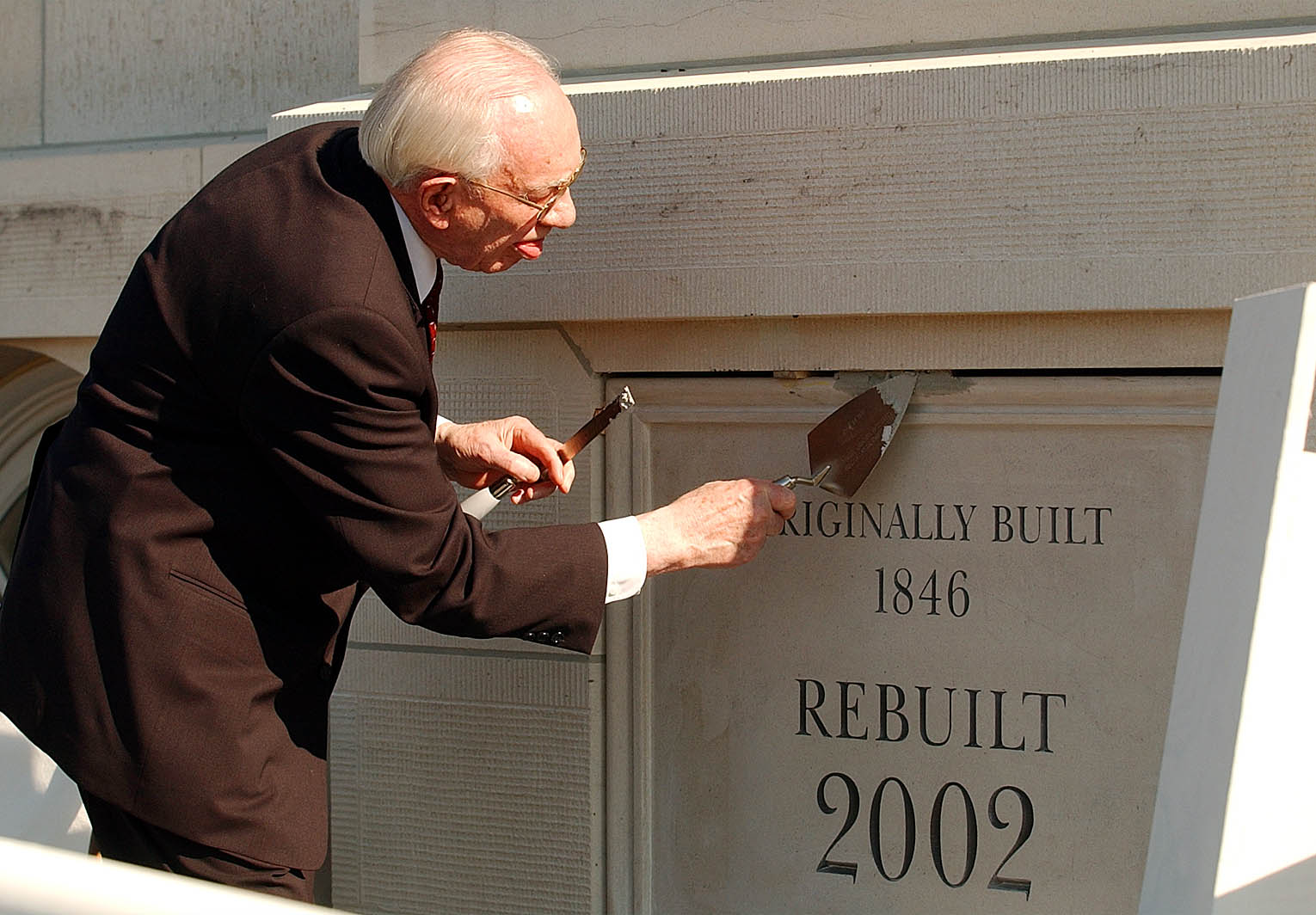
Nephi’s building of the temple was to bless the lives of his people. Elder Maxwell explained the significance of temple worship in our day when he said, “The real act of personal sacrifice is not now nor ever has been placing an animal on the altar. Instead, it is a willingness to put the animal that is in us upon the altar—then willingly watching it be consumed! Such is the ‘sacrifice unto [the Lord of] a broken heart and a contrite spirit.’ (3 Nephi 9:20).” Neal A Maxwell, Meek and Lowly 1987.
Joseph Smith during Zion’s Camp, stopped some men from killing rattlesnakes and then said, “…Let man first get rid of his destructive propensities and then we may look for a change in the serpents’ disposition.” The Prophet Joseph Smith also taught us about faith and sacrifice saying, “A religion that does not require the sacrifice of all things never has power sufficient to produce the faith necessary unto life and salvation; for, from the first existence of man, the faith necessary unto the enjoyment of life and salvation never could be obtained without the sacrifice of all earthly things.” Joseph Smith Jr. Lectures on Faith.
President Ezra Taft Benson succinctly restated the message of Abraham 3:25 when he said: “The great test of life is obedience to God… We are not here to test or “prove” God, but to be tested and proved ourselves. We are on trial, not God.” Ensign, May 1988.
Nephi ordained his brother Jacob and others to teach in the temple. Jacob 1:17. Nephi knew his people needed the greater light that a temple would provide. Nephi’s faith is a great example to us all of passing this important test of life, and the building of the first Nephite temple was a sign to all, of his devotion to the Great Jehovah.
Banner Upon the High Mountain
 2 Nephi 23:11-2 The burden of Babylon, which Isaiah the son of Amoz did see. Lift ye up a banner upon the high mountain, exalt the voice unto them, shake the hand, that they may go into the gates of the nobles. See also Isaiah 13
2 Nephi 23:11-2 The burden of Babylon, which Isaiah the son of Amoz did see. Lift ye up a banner upon the high mountain, exalt the voice unto them, shake the hand, that they may go into the gates of the nobles. See also Isaiah 13
Elder Oaks said, “What if the day of His coming were tomorrow? If we knew that we would meet the Lord tomorrow—through our premature death or through His unexpected coming—what would we do today? What confessions would we make? What practices would we discontinue? What accounts would we settle? What forgivenesses would we extend? What testimonies would we bear?
If we would do those things then, why not now? Why not seek peace while peace can be obtained?
Evil that used to be localized and covered like a boil is now legalized and paraded like a banner. The most fundamental roots and bulwarks (protective walls) of civilization are questioned or attacked. Nations disavow their religious heritage. Marriage and family responsibilities are discarded as impediments to personal indulgence. The movies and magazines and television that shape our attitudes are filled with stories or images that portray the children of God as predatory beasts or, at best, as trivial creations pursuing little more than personal pleasure. And too many of us accept this as entertainment.
The good, the true, and the beautiful are being replaced by the no-good, the “whatever,” and the valueless fodder of personal whim. Not surprisingly, many are caught up in pornography, pagan piercing of body parts, self-serving pleasure pursuits, dishonest behavior, revealing attire, foul language, and degrading sexual indulgence.
All of this is grievous in the sight of our Heavenly Father, who loves all of His children and forbids every practice that keeps any from returning to His presence.
What is the state of our personal preparation for eternal life? The people of God have always been people of covenant, including the sacred promises we made in the waters of baptism, in receiving the holy priesthood, and in the temples of God. Are we promisers who do not fulfill and believers who do not perform?
Are we following the Lord’s command, “Stand ye in holy places, and be not moved, until the day of the Lord come; for behold, it cometh quickly”? (D&C 87:8).” How to Prepare for the Second Coming By Elder Dallin H. Oaks Of the Quorum of the Twelve Apostles April 2004
Nephi’s Temple was needed then and we need the signs, symbols and strength moreso today. Lehi likely built an altar in Florida when the Nephites landed, and we have spoken about the first Nephite temple likely near Chattanooga, TN. In the Book of Mormon the second temple was bult likely near Montrose Iowa or Nauvoo Illinois and the third temple most likely was in Ohio near Newark or Kirtland. Yes the Nephtes had temples in the Promised Land of the Unites States area.
“Now is the time for each of us to arise and unfurl a banner to the world calling for a return to virtue. May we so live that we can be instruments in preparing the earth for His Second Coming, “that when he shall appear we shall be like him, … purified even as he is pure.” In the name of Jesus Christ, amen.” A Return to Virtue Elaine S. Dalton 2008 Young Women General President
“As you remember, almost one year ago our presidency climbed a mountain and unfurled a gold banner calling for “a return to virtue.” We called for young women and women across the world to arise and shine forth as a standard to the nations (see D&C 115:5). As a result, the value of virtue has been added to the Young Women theme and to Personal Progress so that it may be “written in [your] hearts” (Romans 2:15).” Come Let Us Go Up to the Mountain of the Lord Elaine S. Dalton 2009 Young Women General President
A Banner on the Hill Cumorah in 1923
“Because the Church was still several years away from purchasing the entire Hill Cumorah, conference organizers secured special permission from non–Latter-day Saint Pliny T. Sexton, owner and proprietor of the hill and surrounding farmland, to hold ceremonies on his property.87 The missionaries and members made their way, flags in hand, to the top of the hill while the sun peeked over the eastern horizon. When everyone summited, the appointed “Flag Sergeants” erected America’s national banner. They also raised a unique “Cumorah—Ramah” [See picture below] flag specially designed for the occasion—bisected into two colors, the blue “Cumorah” side bore the hill’s name “as it was known by the Nephites” in bright gold letters. The purple “Ramah” side similarly bore the ancient name of the hill in gold, as it “was known to the Jaredites—the people who first possessed the land.88″ Pilgrimage to Palmyra: President B. H. Roberts and the Eastern States Mission’s 1923 Commemoration of Cumorah Author Reid L. Neilson and Carson V. Teuscher
87. See David F. Boone, “‘A Man Raised Up’: The Role of Willard W. Bean in the Acquisition of the Hill Cumorah,” Journal of Book of Mormon Studies 13, nos. 1–2 (2004): 24–37, 168–69.
(88. Smith, “Minutes—the First General Conference of the Eastern States Mission,” 3; and “Palmyra Scene Re-Enacted,” 1. 89)
This example of a Nephite Temple built in North America seems very realistic as you each study and ponder about these things. Knowing the exact location of Nephi’s first Temple will not matter in the big picture, but didn’t Moroni say we may know the truth of all things?. I strongly believe the tools and symbols of thie Nephite Temple are the saime today in our faith and symbolic worship practice in today’s Temples as they dot the earth. In conclusion, may we sacrifice as Elder Mazwell said, “The real act of personal sacrifice is not now nor ever has been placing an animal on the altar. Instead, it is a willingness to put the animal that is in us upon the altar—then willingly watching it be consumed!

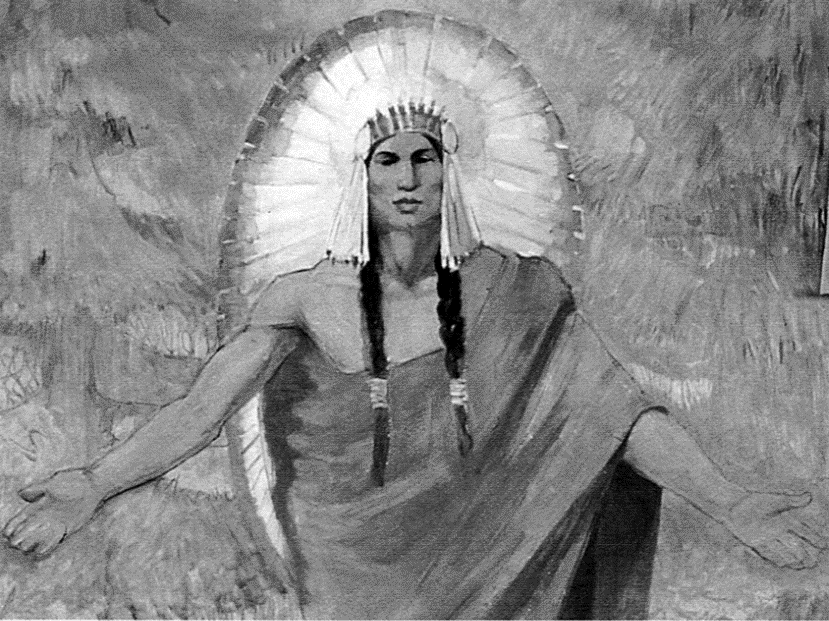


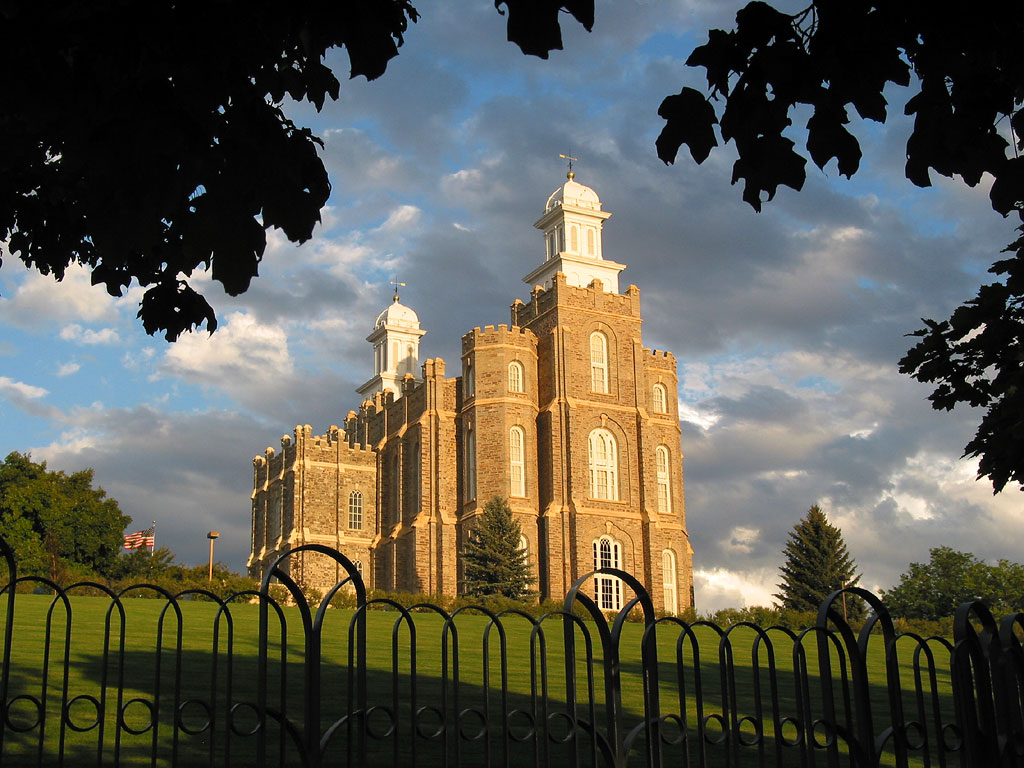
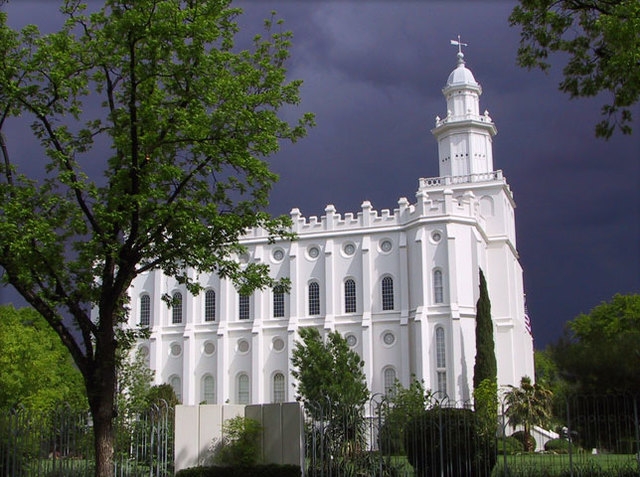 A Most Hallowed and Beautiful Site
A Most Hallowed and Beautiful Site

 On the map “land Bountifull [sic]” is listed in “Sentral [sic] America.” The cartographer wrote “starting point” below the reference to Central America. Above the “land Bountifull” is “Sand hills in south part of Arizona,” and above it to the left is “Salt Lake.” To the right is “Independens, Jackson Co, Mo.” and above that is “Adam on Diamon, Davis Co, Mo.” To the right of that is “Nauvoo, Hancock C.Ill.” Below that is “Mound Kinderhook, Pick, Co, Ill, 6 Plates Bell shape were found” (were was was on one copy). Then to the right and above that is “Kirtland, Ohio,” and to the right of that is “Commorre [Cumorah], N.Y.” Below this on the right-hand side of the map is written: “Moroni’s Travels starting from Sentral America to the Sand hills Arizona then to Salt Lake U[tah], T[erritory], then to Adam on Diammon Mo, then to Nauvoo, Ill, then to Independence Mo, then to Kirtland Ohio then to Cumoro NY.”
On the map “land Bountifull [sic]” is listed in “Sentral [sic] America.” The cartographer wrote “starting point” below the reference to Central America. Above the “land Bountifull” is “Sand hills in south part of Arizona,” and above it to the left is “Salt Lake.” To the right is “Independens, Jackson Co, Mo.” and above that is “Adam on Diamon, Davis Co, Mo.” To the right of that is “Nauvoo, Hancock C.Ill.” Below that is “Mound Kinderhook, Pick, Co, Ill, 6 Plates Bell shape were found” (were was was on one copy). Then to the right and above that is “Kirtland, Ohio,” and to the right of that is “Commorre [Cumorah], N.Y.” Below this on the right-hand side of the map is written: “Moroni’s Travels starting from Sentral America to the Sand hills Arizona then to Salt Lake U[tah], T[erritory], then to Adam on Diammon Mo, then to Nauvoo, Ill, then to Independence Mo, then to Kirtland Ohio then to Cumoro NY.”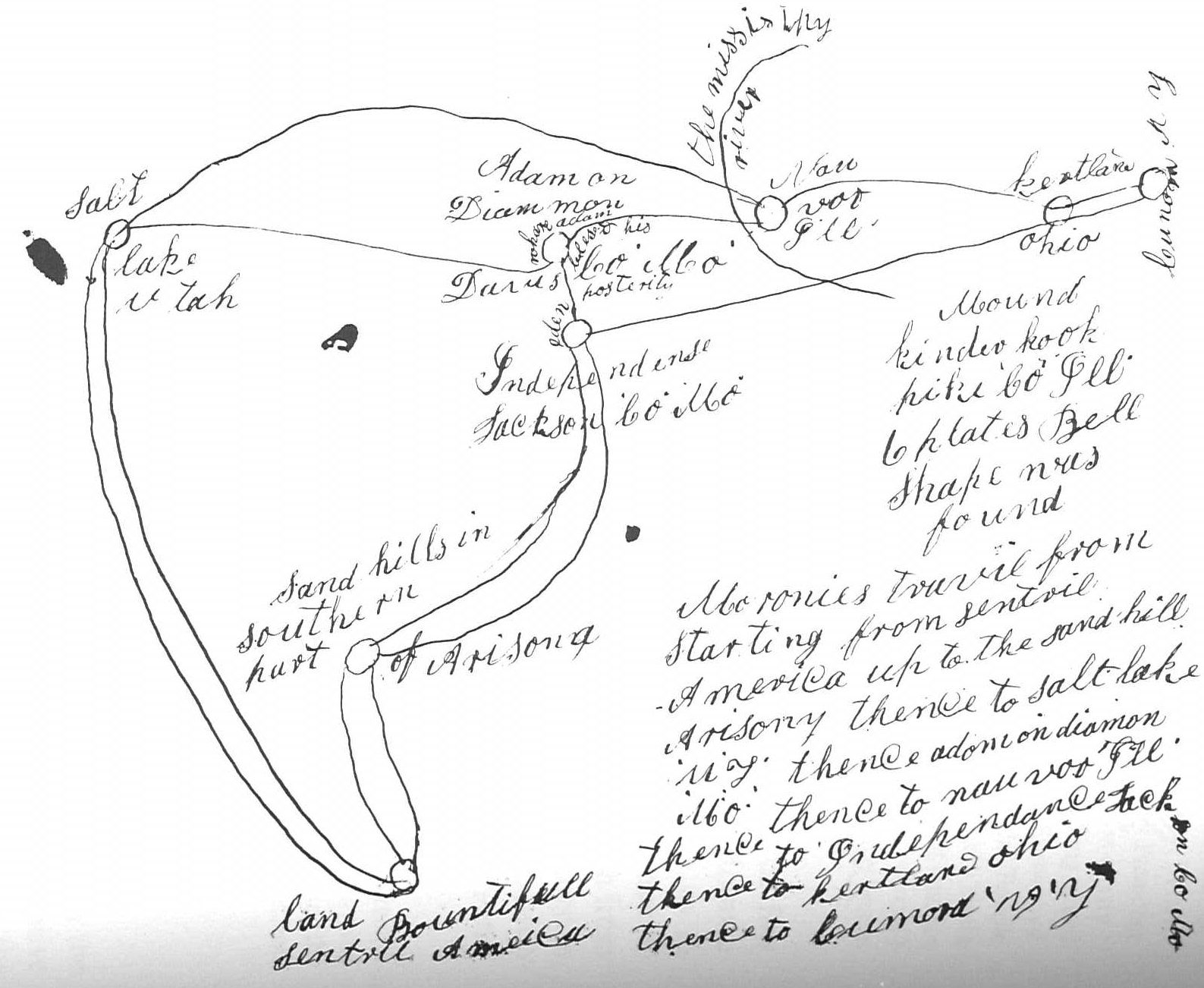
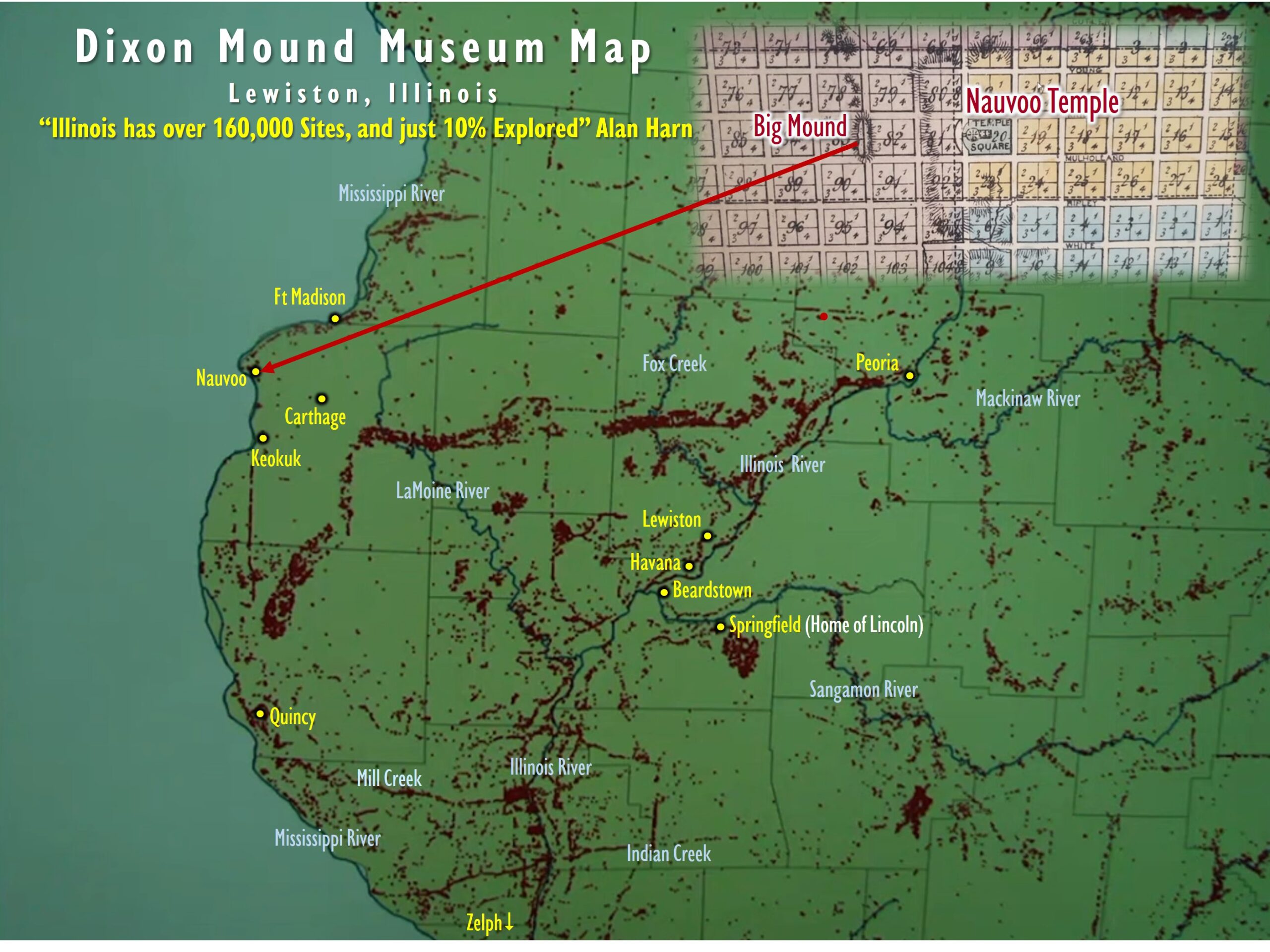
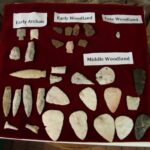
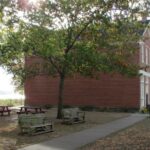
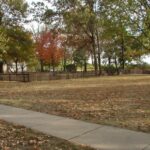
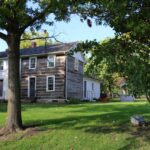
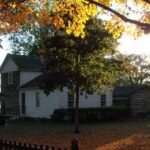
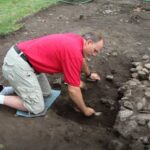
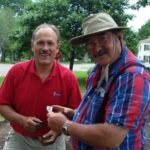
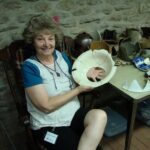
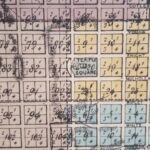
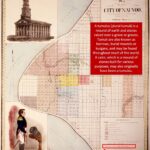
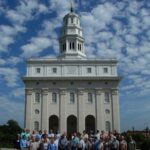
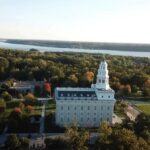

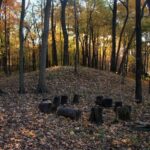
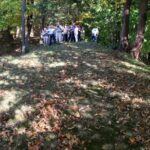
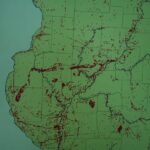
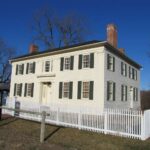
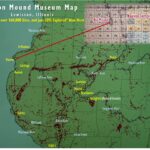



 assigned to the Northeast USA Mission Field. He also serves as Historic Sites director and Church History and Sacred Story Ministries Team lead.
assigned to the Northeast USA Mission Field. He also serves as Historic Sites director and Church History and Sacred Story Ministries Team lead.



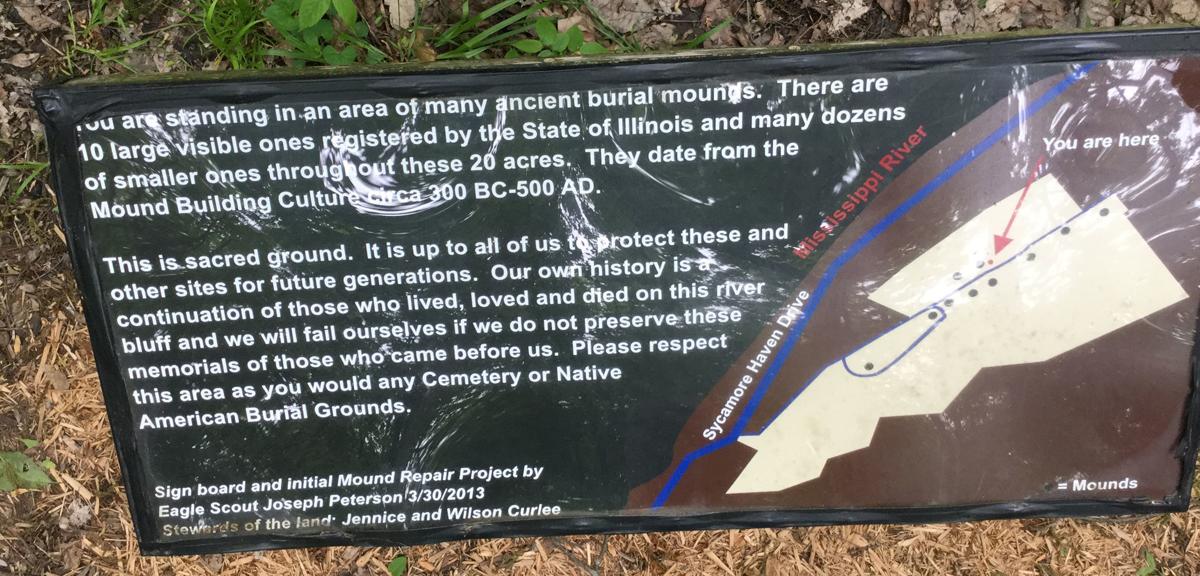
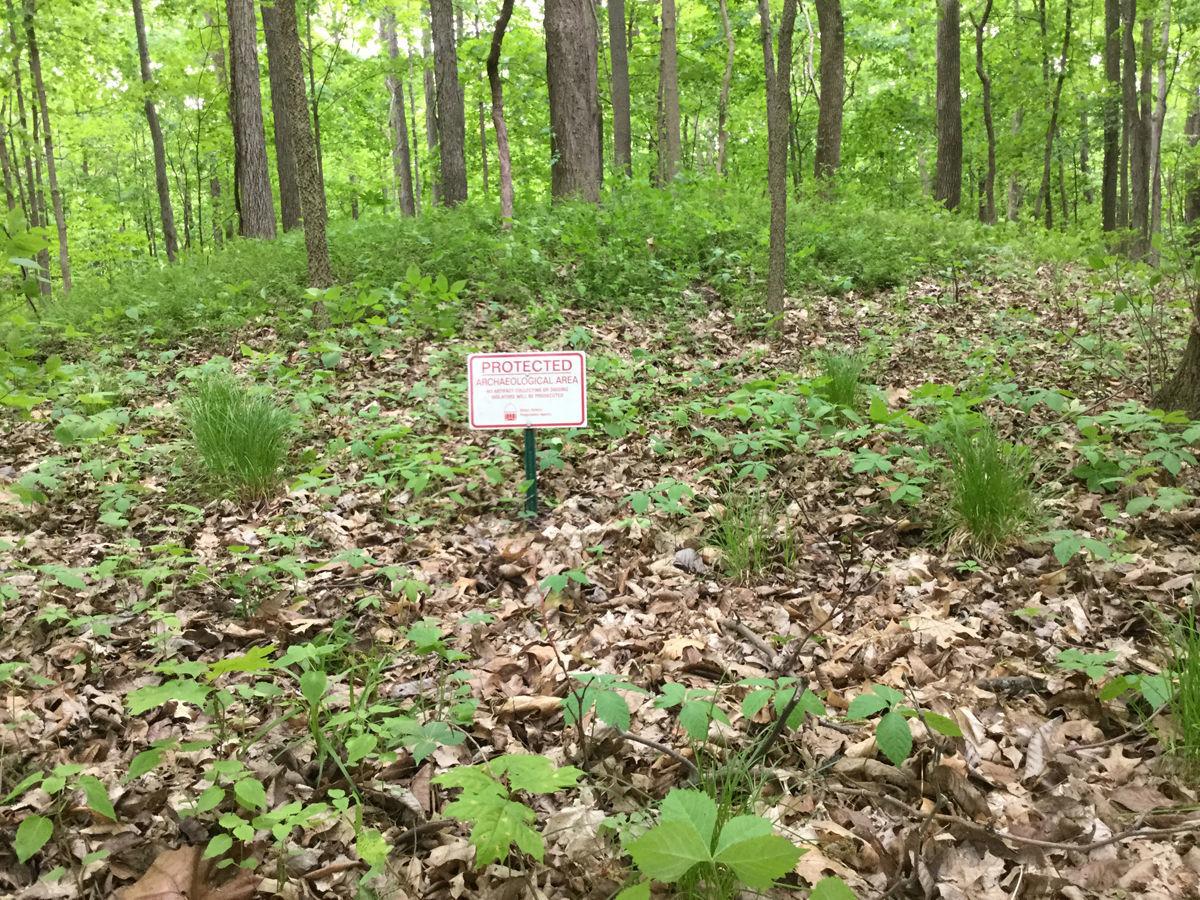 Some things these woodland culture people left behind are the Hopewell Burial Mounds. These mounds are part of the Hopewell culture which flourished from around 550BC to 400AD.
Some things these woodland culture people left behind are the Hopewell Burial Mounds. These mounds are part of the Hopewell culture which flourished from around 550BC to 400AD.





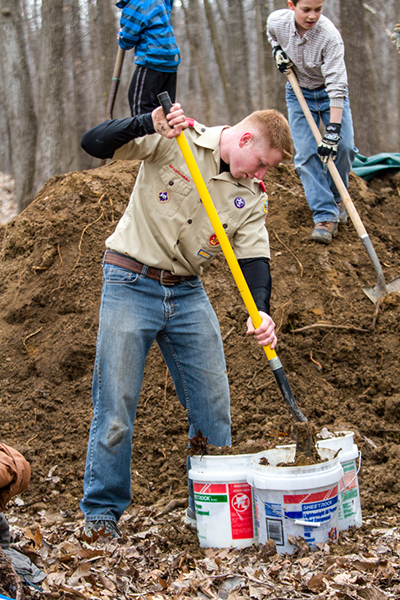





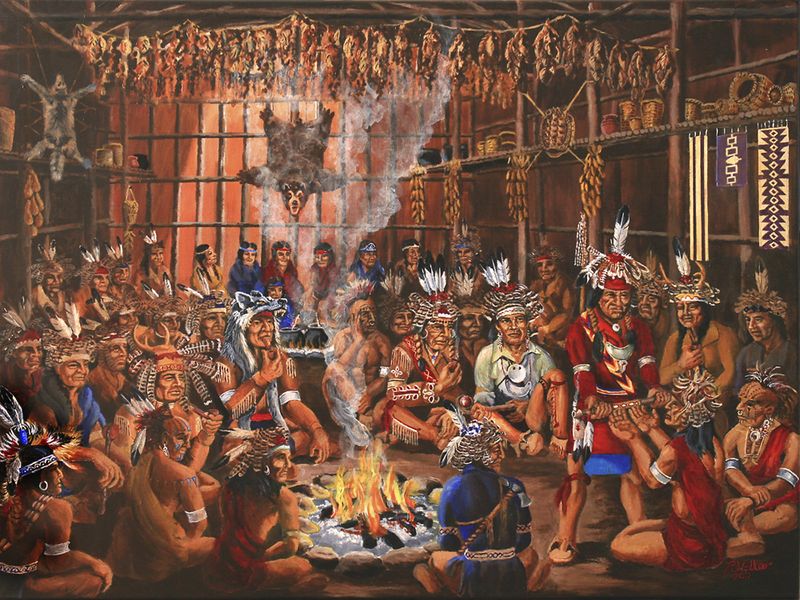
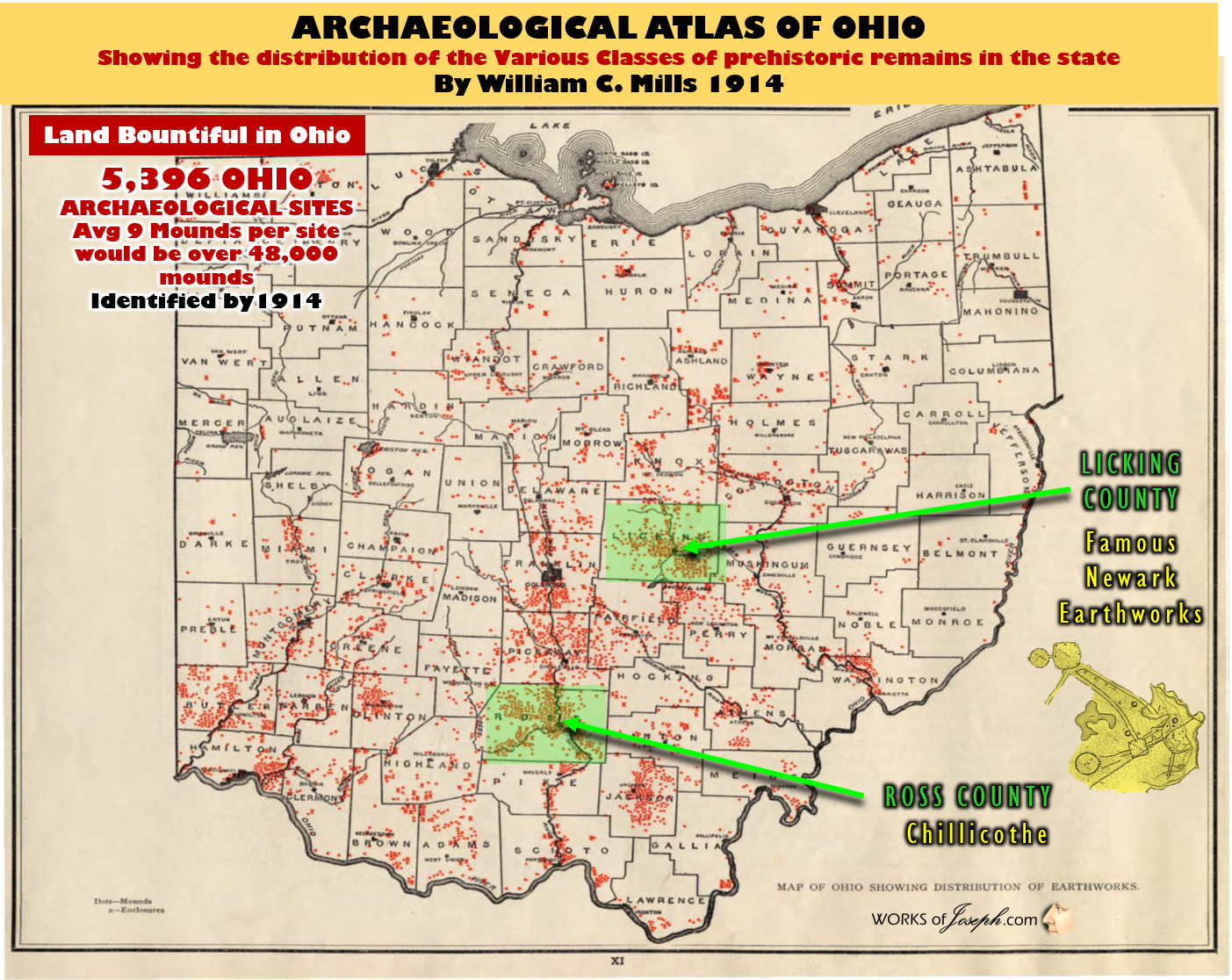
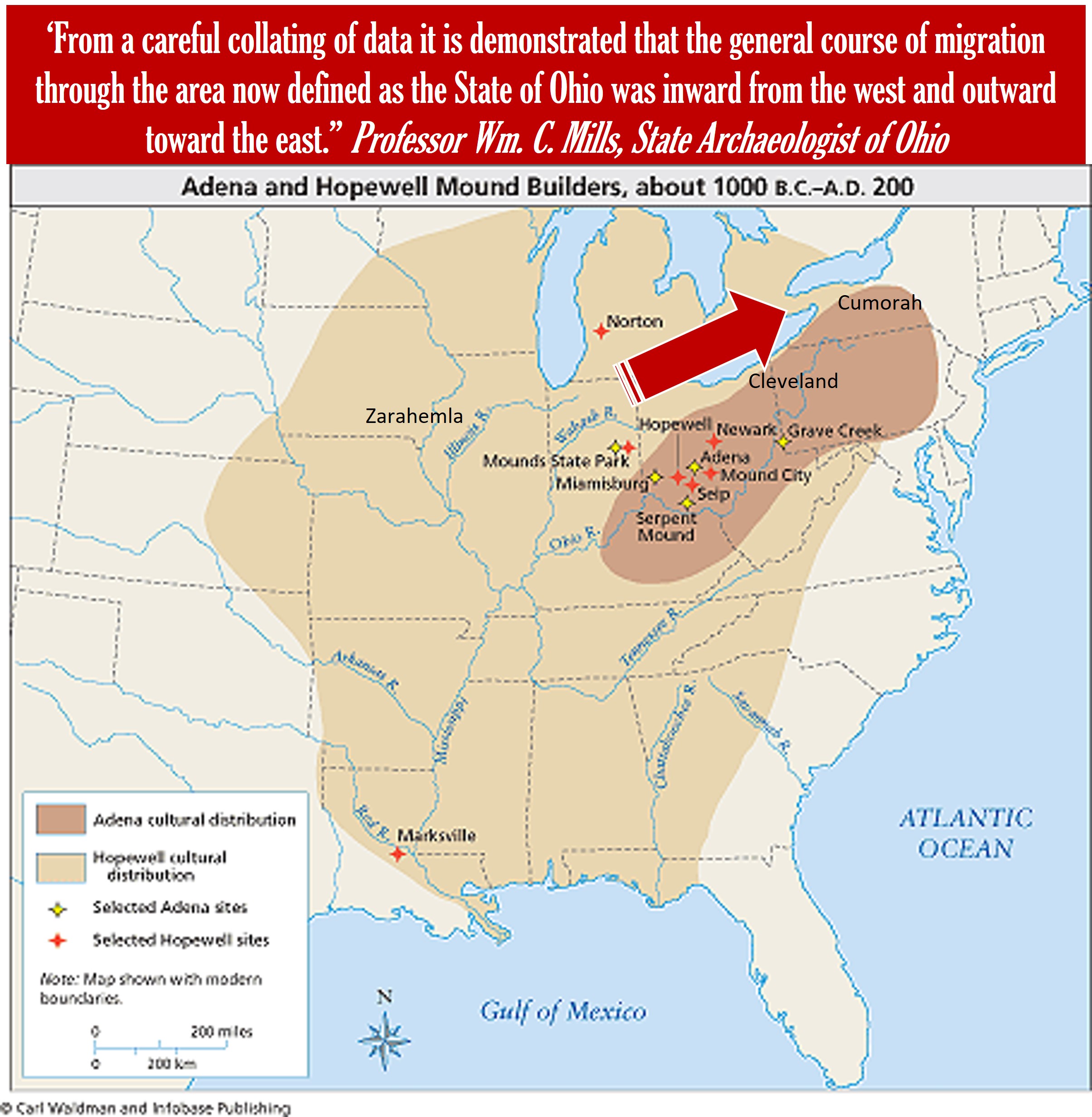
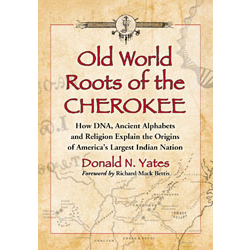
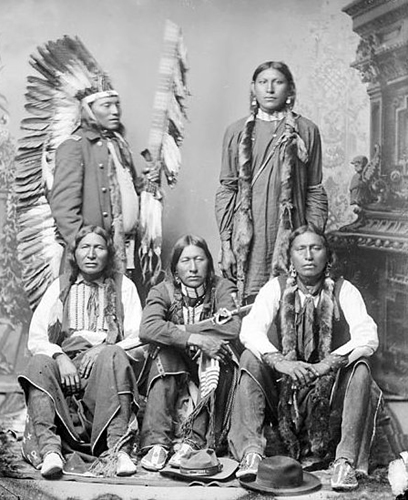 “Centuries before the creation of the United States and its Constitution, democracy had already taken root in North America—among a handful of Indigenous nations. Known as the Iroquois Confederacy, or Haudenosaunee, this league of nations emerged among five northeast woodlands tribes that had been plagued by wars of retribution and violence for many generations. The Haudenosaunee (“people of the longhouse”) originally included the Mohawk, Oneida, Onondaga, Cayuga and Seneca nations. In the 1700s, the Tuscarora became the sixth. Guided by the Great Law of Peace—their own constitution—this league came to jointly govern, while recognizing the sovereignty of each nation. The Great Law of Peace, credited largely to two visionary culture heroes, Hiawatha and Deganawida (a.k.a. “The Peacemaker”), established a model for federalism, separation of powers and participatory democracy that would inspire leaders like Benjamin Franklin and James Madison during the formation of the United States. It also conferred significant power and status to women in Iroquois culture…
“Centuries before the creation of the United States and its Constitution, democracy had already taken root in North America—among a handful of Indigenous nations. Known as the Iroquois Confederacy, or Haudenosaunee, this league of nations emerged among five northeast woodlands tribes that had been plagued by wars of retribution and violence for many generations. The Haudenosaunee (“people of the longhouse”) originally included the Mohawk, Oneida, Onondaga, Cayuga and Seneca nations. In the 1700s, the Tuscarora became the sixth. Guided by the Great Law of Peace—their own constitution—this league came to jointly govern, while recognizing the sovereignty of each nation. The Great Law of Peace, credited largely to two visionary culture heroes, Hiawatha and Deganawida (a.k.a. “The Peacemaker”), established a model for federalism, separation of powers and participatory democracy that would inspire leaders like Benjamin Franklin and James Madison during the formation of the United States. It also conferred significant power and status to women in Iroquois culture…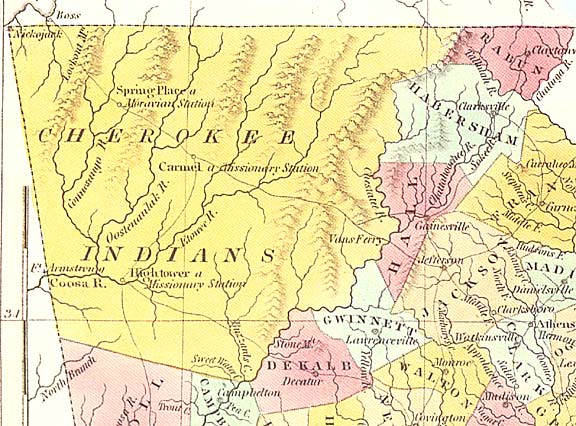
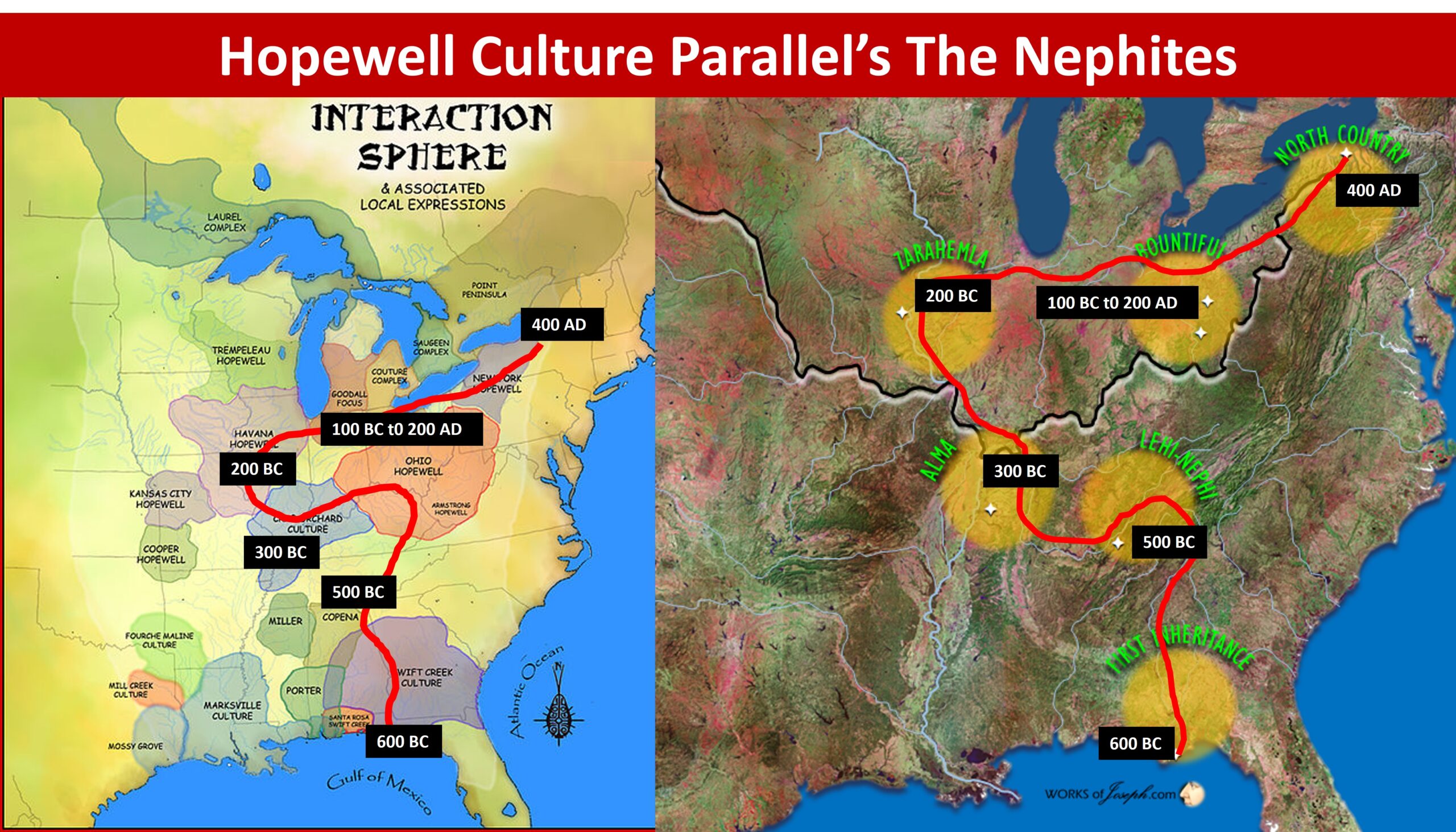
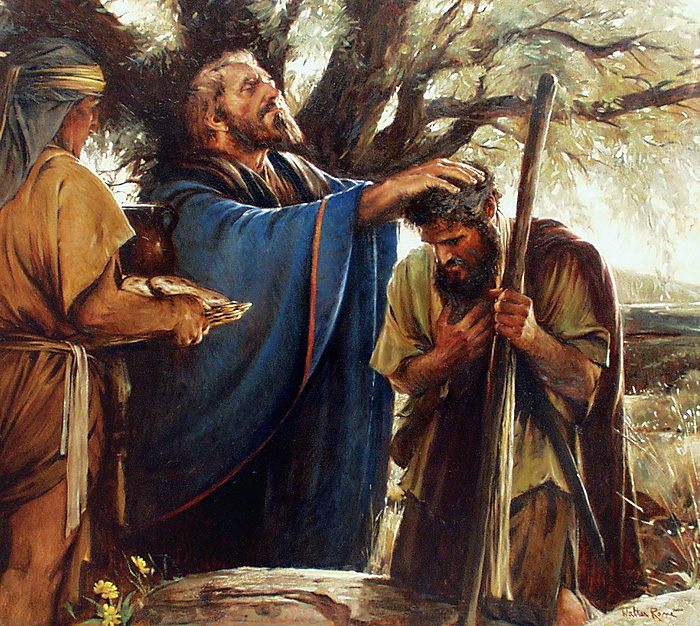
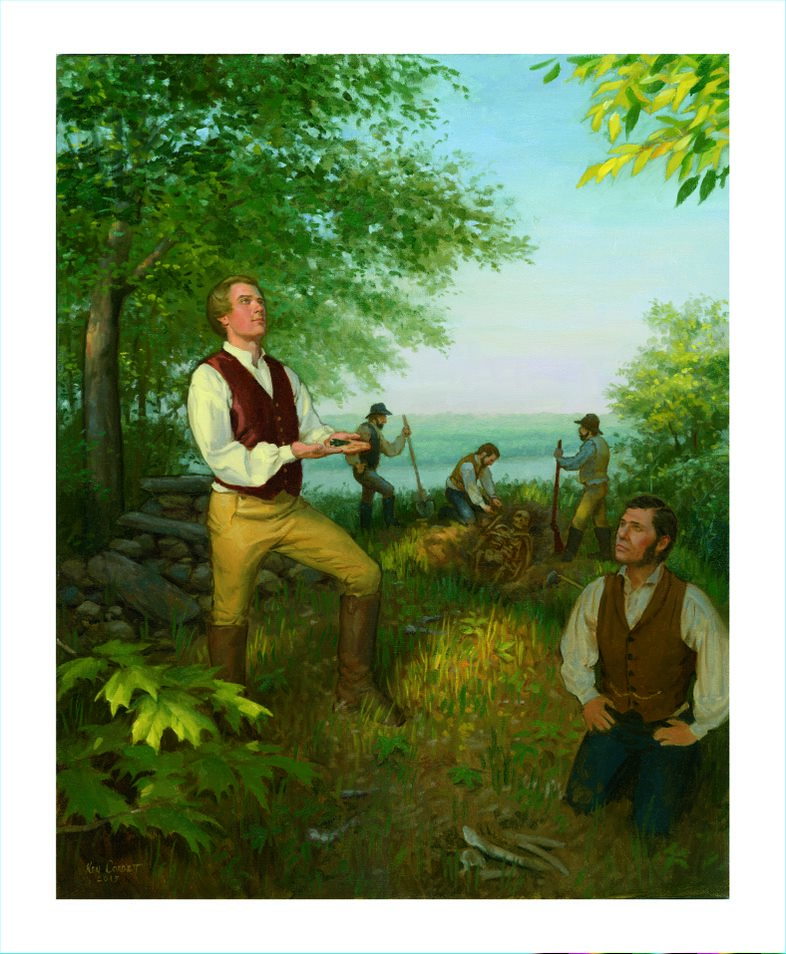
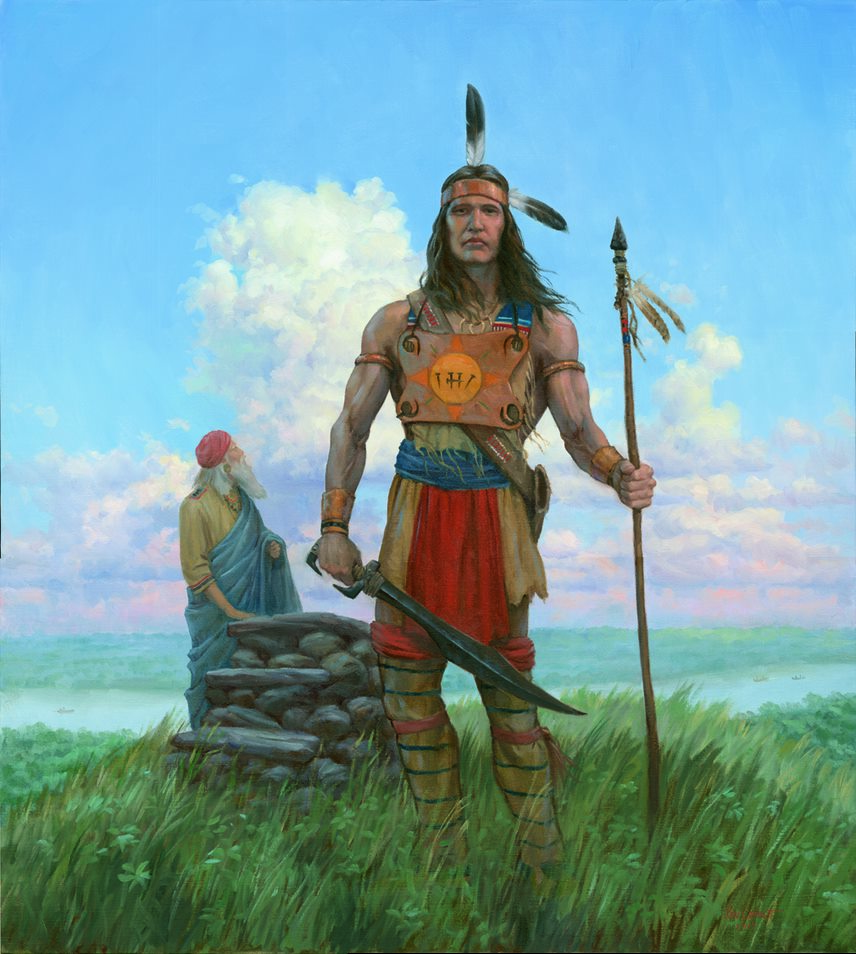
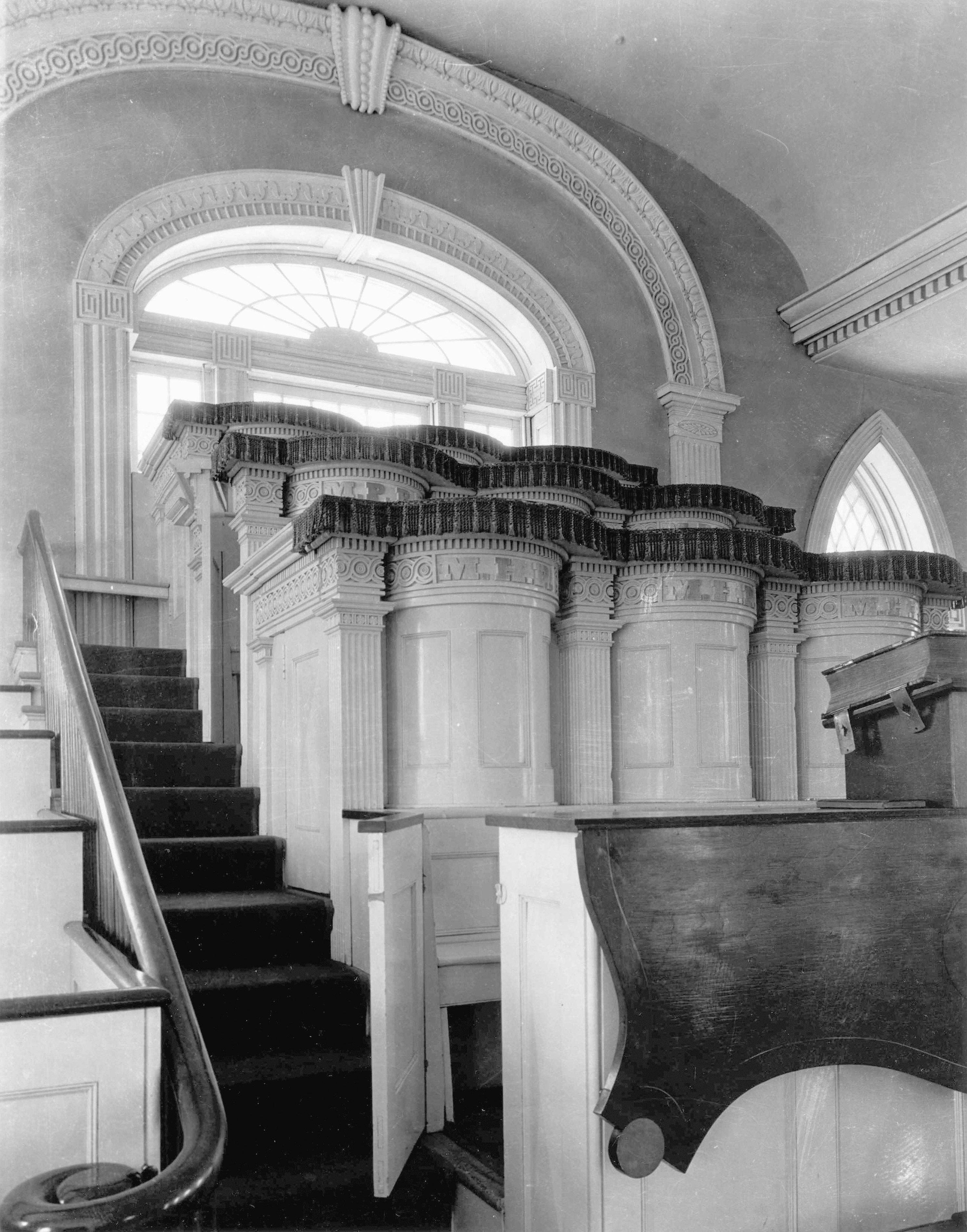
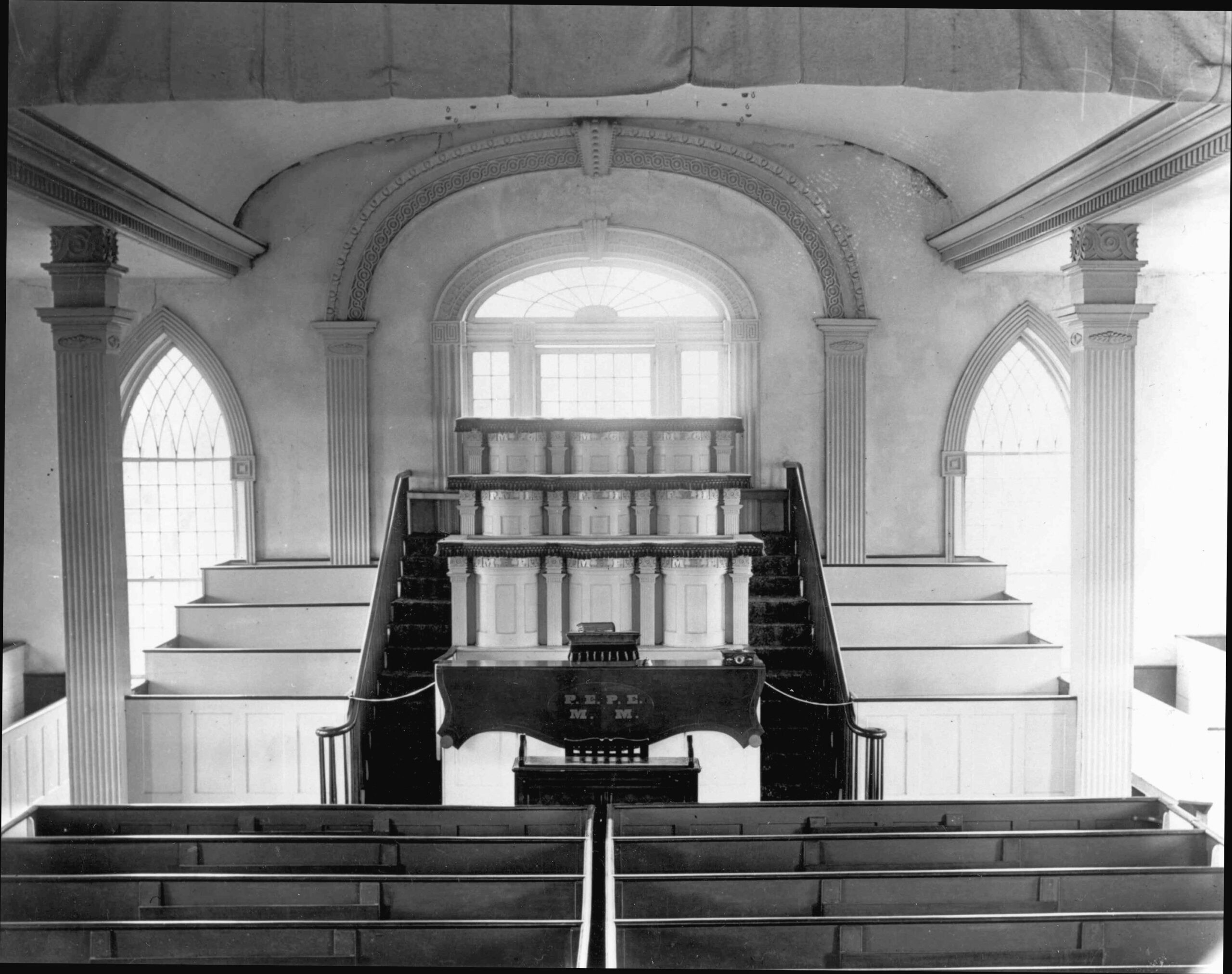
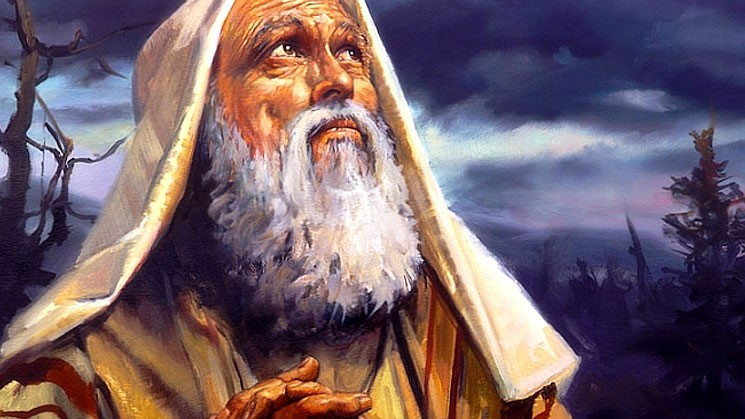
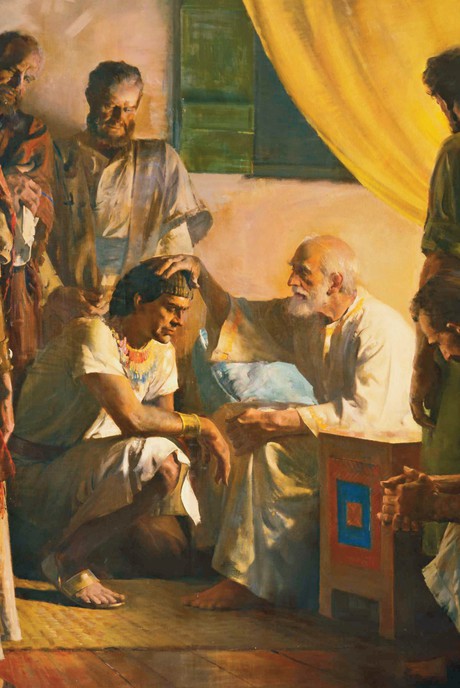
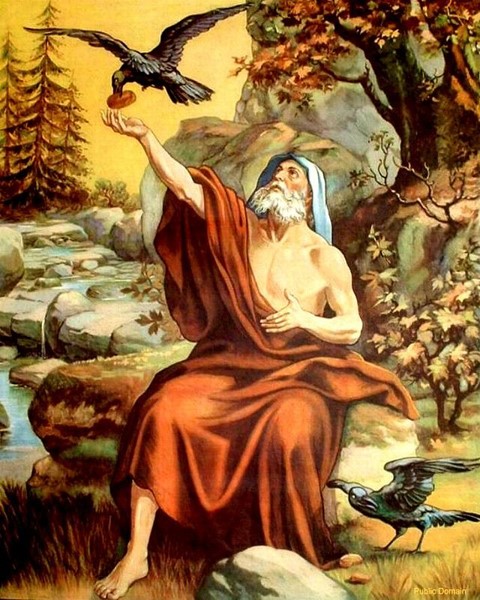
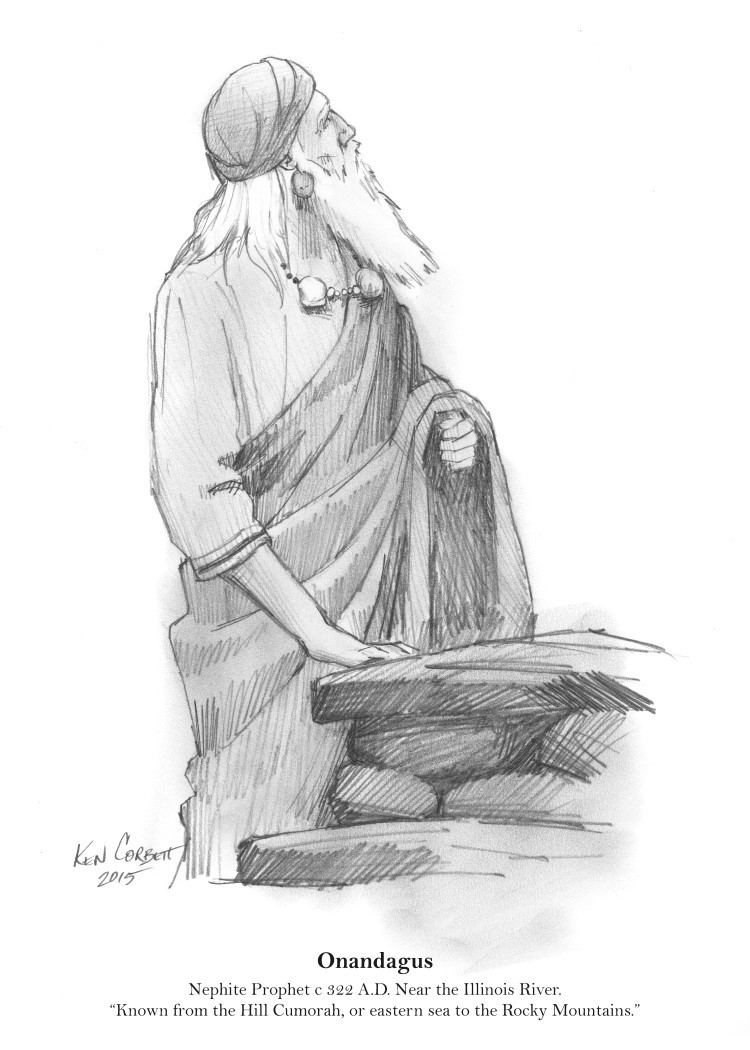
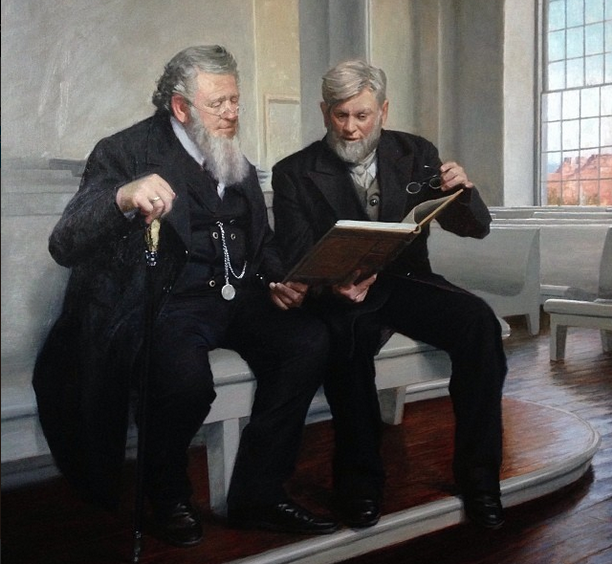


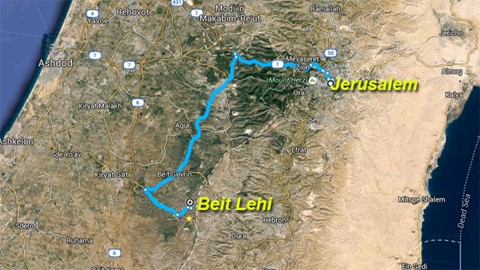

 In 1961 Israeli soldiers unearthed a cave that had inscriptions and drawings including the oldest known Hebrew writing of the word “Jerusalem” dated to approximately 600 B.C. by Dr. Frank Cross Moore, Jr. of Harvard University.
In 1961 Israeli soldiers unearthed a cave that had inscriptions and drawings including the oldest known Hebrew writing of the word “Jerusalem” dated to approximately 600 B.C. by Dr. Frank Cross Moore, Jr. of Harvard University.



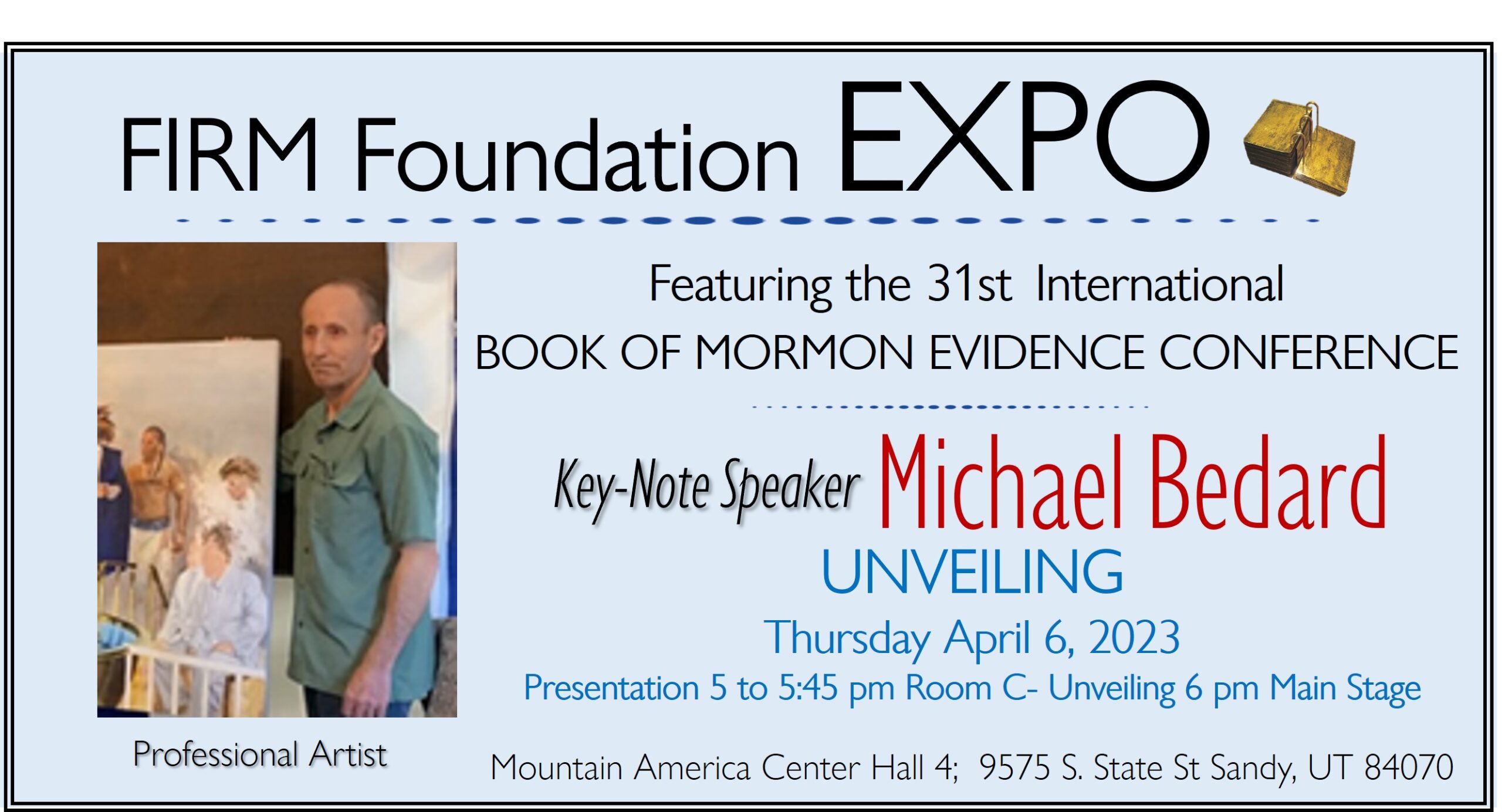


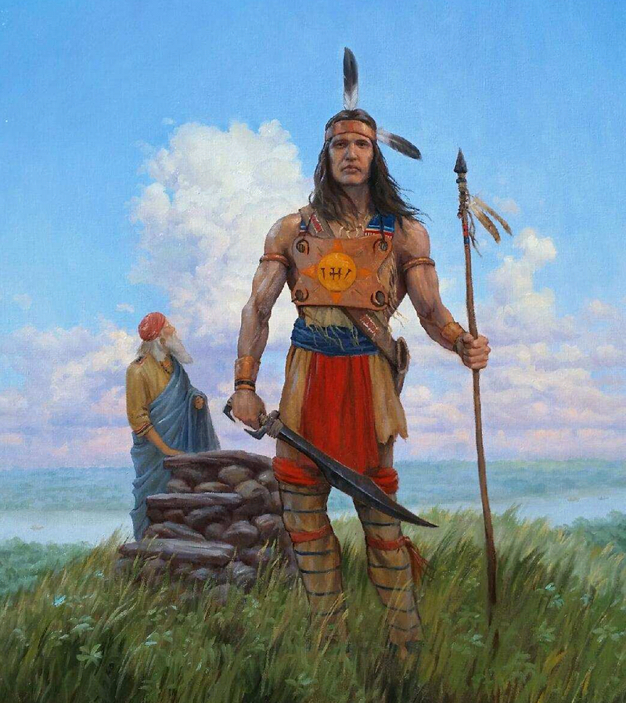
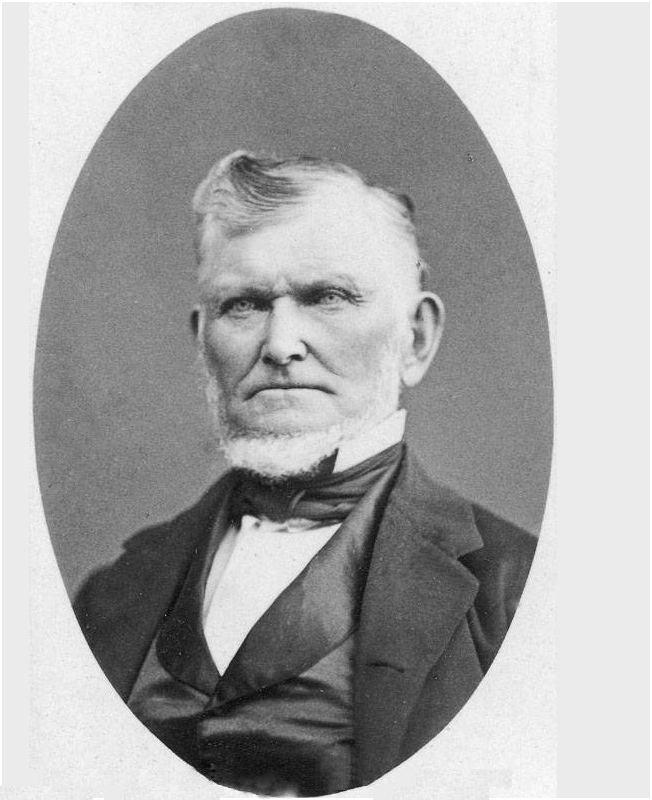
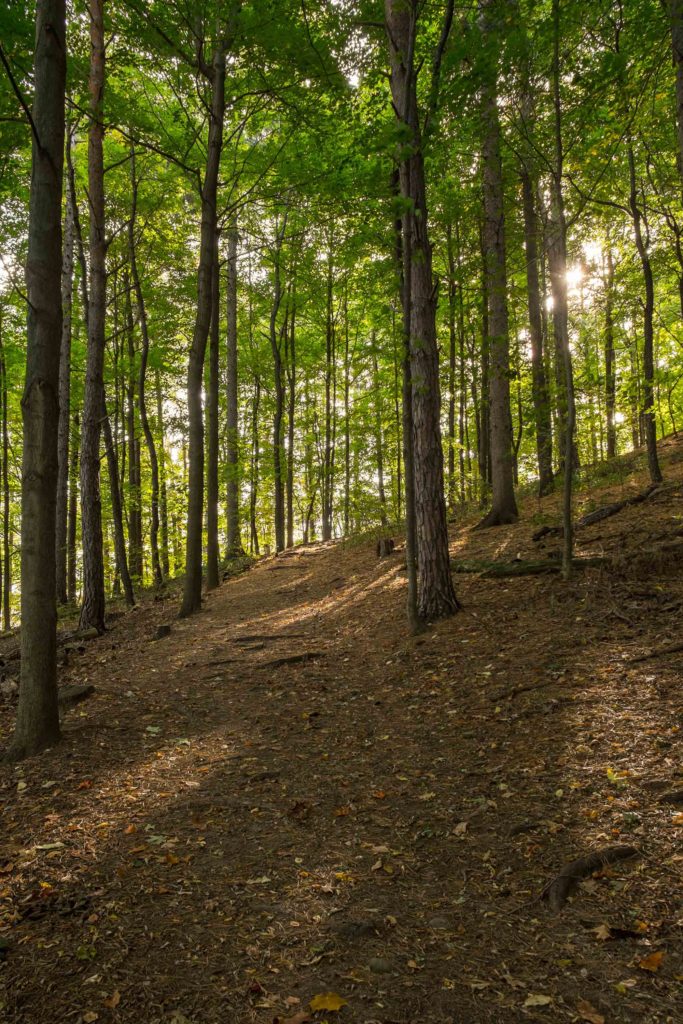

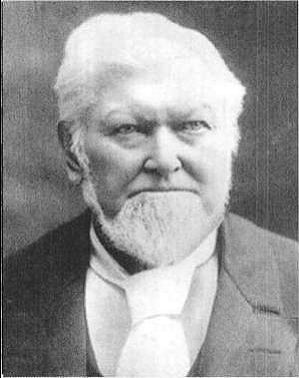
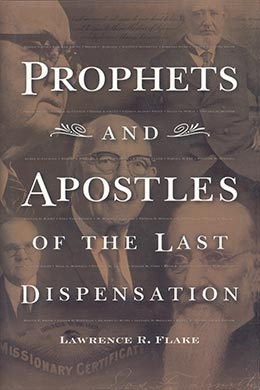
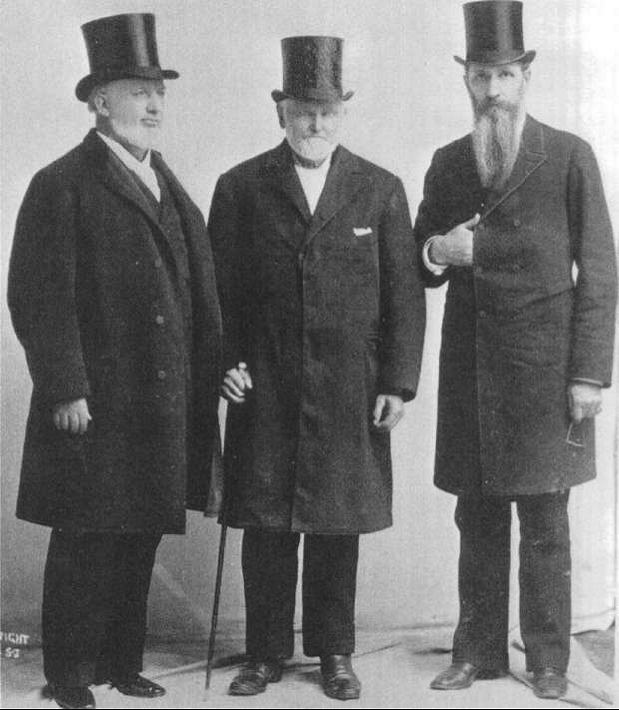

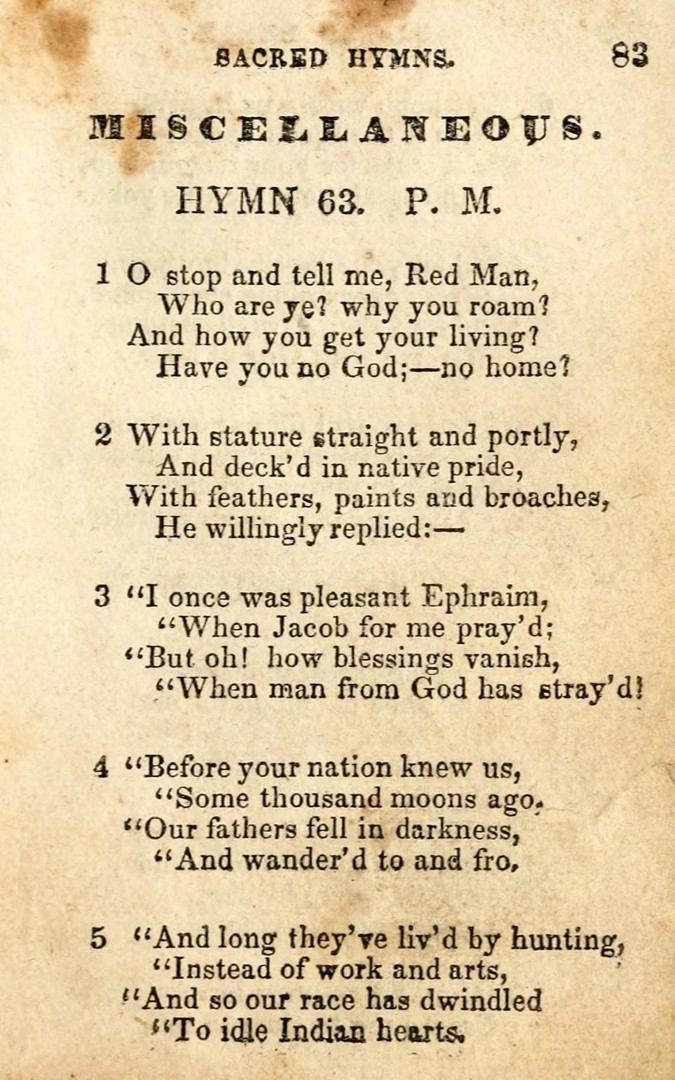


 On the great garrison road, near five miles westerly of the Platt, is a precious rivulet, called “Clear Creek,” along which the Indians camp, in hunting seasons, by scores.—This route to the garrison, from the Platt west, is timber land, and has fine appearance: in fact, from what I can learn, some of this section looks as rich and fertile as Jackson. At the distance of sixty or eighty rods from Clear Creek, as you come down upon the Missouri bottom, is a Jordan—like, deep sluggish stream, bridged, named “Bee Creek,” from the great quantities of bees that have been found in its woods. The Missouri bottom from this creek to the garrison, about three miles, is covered with an unparalleled phalanx of rushes, four or five feet high, presenting one of the stiffest pastures I ever beheld. The cattle live and fatten upon these rushes, year in and year out, without any other fodder. One Mr. Martin, who has a permit from the garrison, has the benefit of all this spontaneous feed, together with a farm and ferry at the Platt, a farm and ferry at the Missouri, opposite the garrison, and a boarding house in the garrison, or cantonment, more properly, an account of which will be given hereafter. This permission with the facilities, without money or price, gives him a chance to amass a fortune with little trouble, little competition, and in a little time.
On the great garrison road, near five miles westerly of the Platt, is a precious rivulet, called “Clear Creek,” along which the Indians camp, in hunting seasons, by scores.—This route to the garrison, from the Platt west, is timber land, and has fine appearance: in fact, from what I can learn, some of this section looks as rich and fertile as Jackson. At the distance of sixty or eighty rods from Clear Creek, as you come down upon the Missouri bottom, is a Jordan—like, deep sluggish stream, bridged, named “Bee Creek,” from the great quantities of bees that have been found in its woods. The Missouri bottom from this creek to the garrison, about three miles, is covered with an unparalleled phalanx of rushes, four or five feet high, presenting one of the stiffest pastures I ever beheld. The cattle live and fatten upon these rushes, year in and year out, without any other fodder. One Mr. Martin, who has a permit from the garrison, has the benefit of all this spontaneous feed, together with a farm and ferry at the Platt, a farm and ferry at the Missouri, opposite the garrison, and a boarding house in the garrison, or cantonment, more properly, an account of which will be given hereafter. This permission with the facilities, without money or price, gives him a chance to amass a fortune with little trouble, little competition, and in a little time. But to my subject. The last Congress, if I am not mistaken, extended the limits, jurisdiction and laws, of the territory of Michigan, to all “the district of country north of the State of Missouri, and west of the Mississippi,” so that the “far west,” or western world of territory, laid down on some of the maps, as the Missouri Territory, is now bounded, south by the Arkansas Territory; and Mexican States; west by the Rocky Mountains: north by the British line, as it shall be established according to the treaty of Ghent, cornering on the north—east, at the Lake of the Woods: and east by Michigan Territory, and the State of Missouri: comprising more land than did the old “Thirteen United States,” and may emphatically be called the heart of North America. It is about nine hundred miles long and eight hundred miles broad, containing, at estimates, four hundred and sixty millions, and eight hundred thousand acres, spread over thirteen degrees of north latitude, and embracing all the beauty and variety of season and climate, that may be found from the south line of Virginia, to the gulf of St. Lawrence! It is a great place, and every thing about it is GREAT. The Missouri, than which a large or more dreadful river, (with its muddy face always scowling,) is not on earth, rushes rapidly from near the 49th to about the 39th degree of north latitude, hurrying along with it, its numerous relatives, and tributaries, from the vast prairies, that lay spread out like an empire, and passes into the State of Missouri, as the President of rivers.
But to my subject. The last Congress, if I am not mistaken, extended the limits, jurisdiction and laws, of the territory of Michigan, to all “the district of country north of the State of Missouri, and west of the Mississippi,” so that the “far west,” or western world of territory, laid down on some of the maps, as the Missouri Territory, is now bounded, south by the Arkansas Territory; and Mexican States; west by the Rocky Mountains: north by the British line, as it shall be established according to the treaty of Ghent, cornering on the north—east, at the Lake of the Woods: and east by Michigan Territory, and the State of Missouri: comprising more land than did the old “Thirteen United States,” and may emphatically be called the heart of North America. It is about nine hundred miles long and eight hundred miles broad, containing, at estimates, four hundred and sixty millions, and eight hundred thousand acres, spread over thirteen degrees of north latitude, and embracing all the beauty and variety of season and climate, that may be found from the south line of Virginia, to the gulf of St. Lawrence! It is a great place, and every thing about it is GREAT. The Missouri, than which a large or more dreadful river, (with its muddy face always scowling,) is not on earth, rushes rapidly from near the 49th to about the 39th degree of north latitude, hurrying along with it, its numerous relatives, and tributaries, from the vast prairies, that lay spread out like an empire, and passes into the State of Missouri, as the President of rivers.



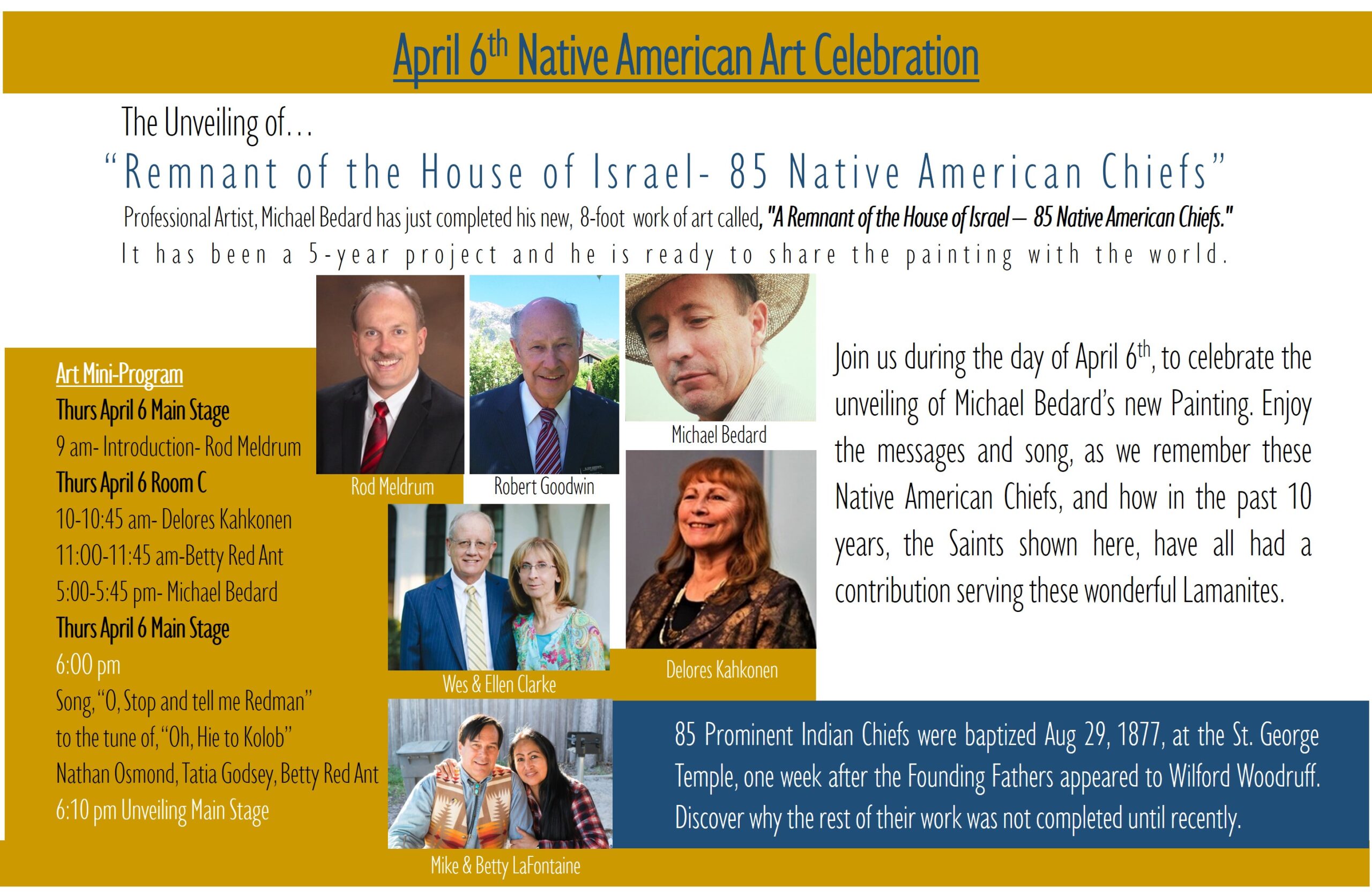
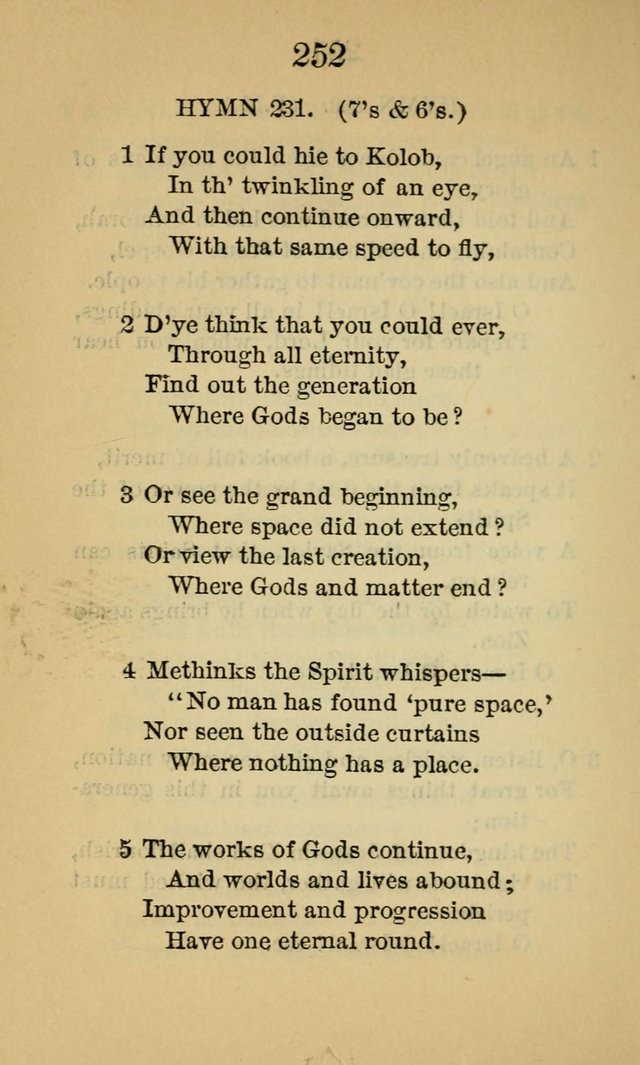
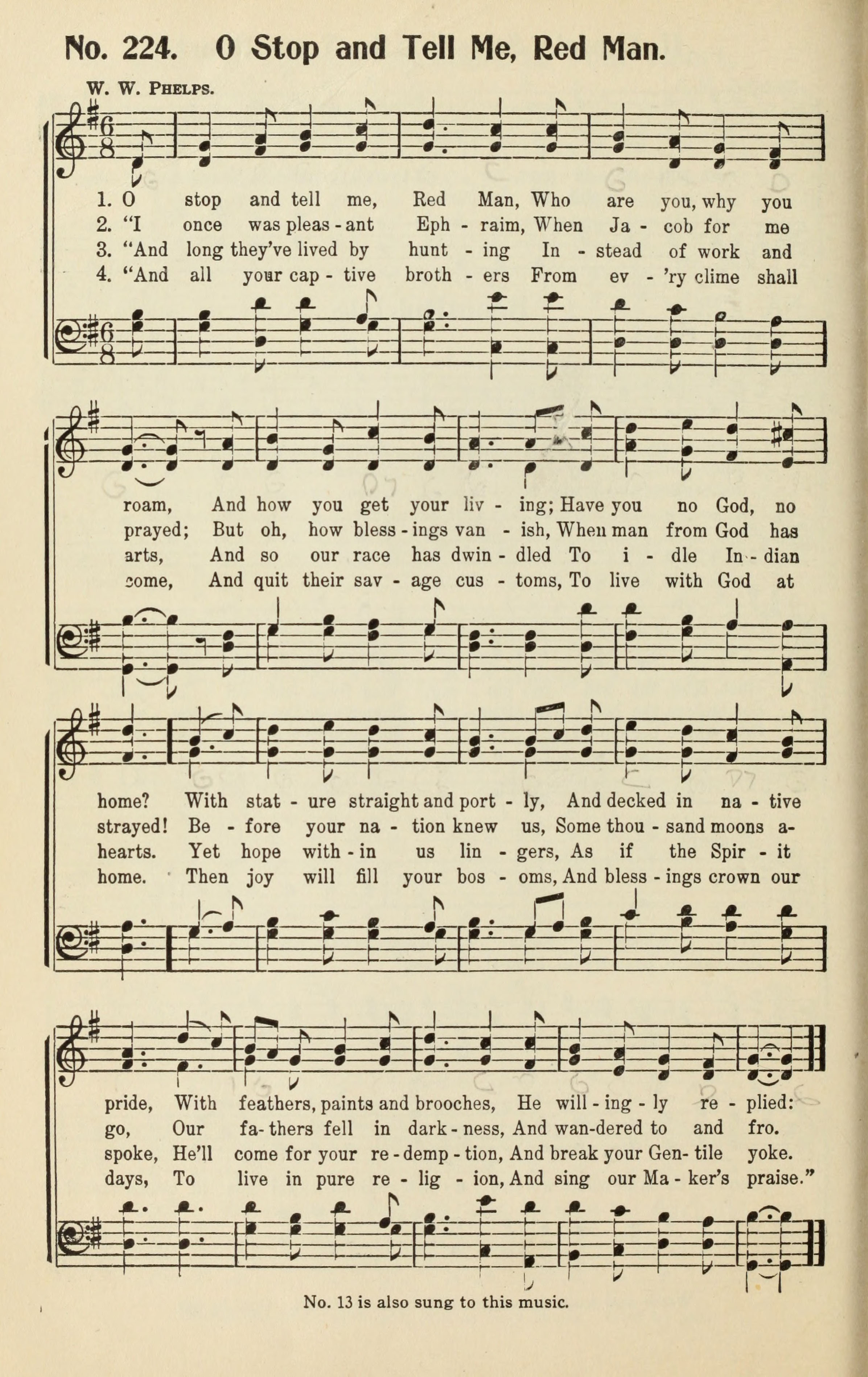














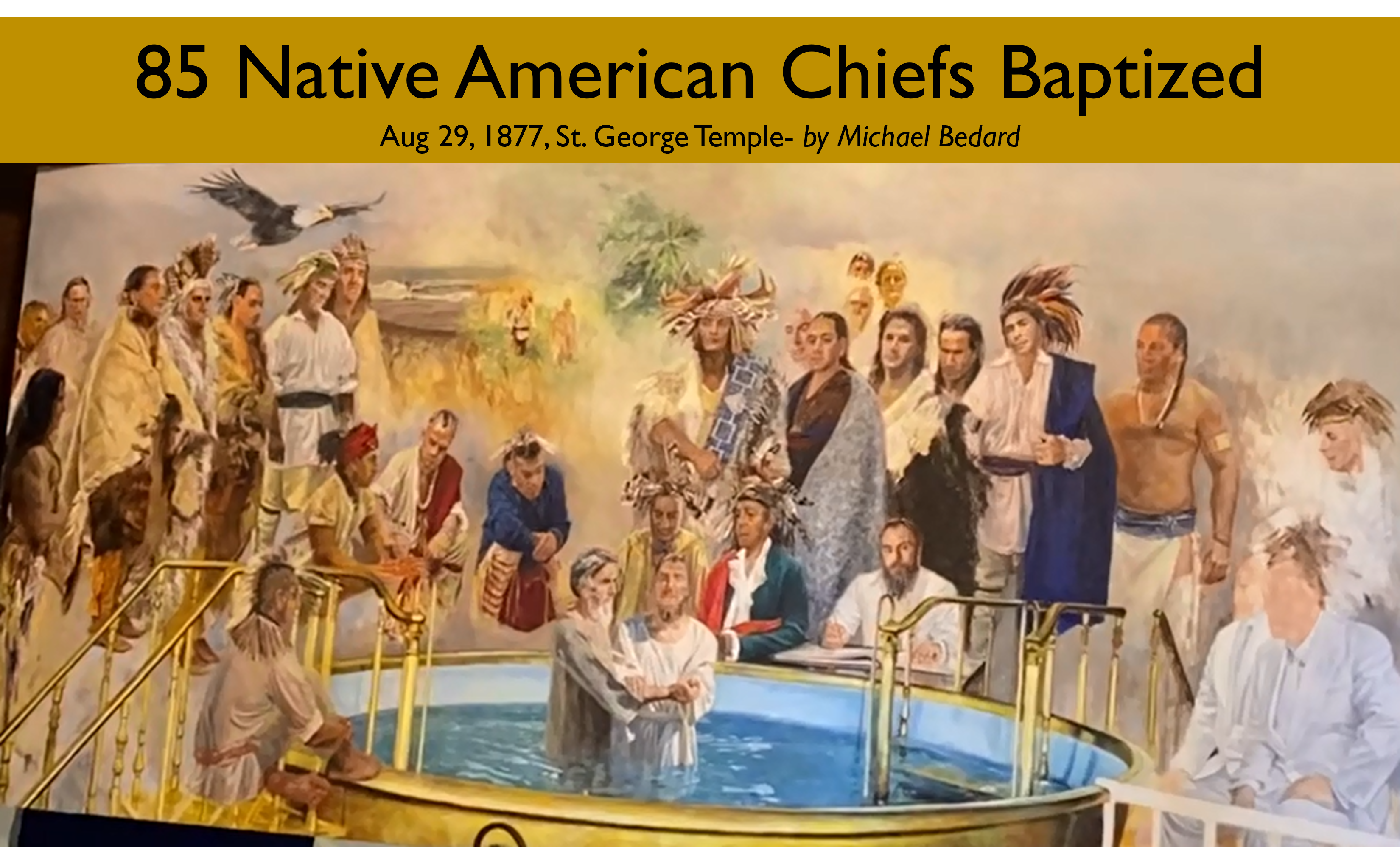
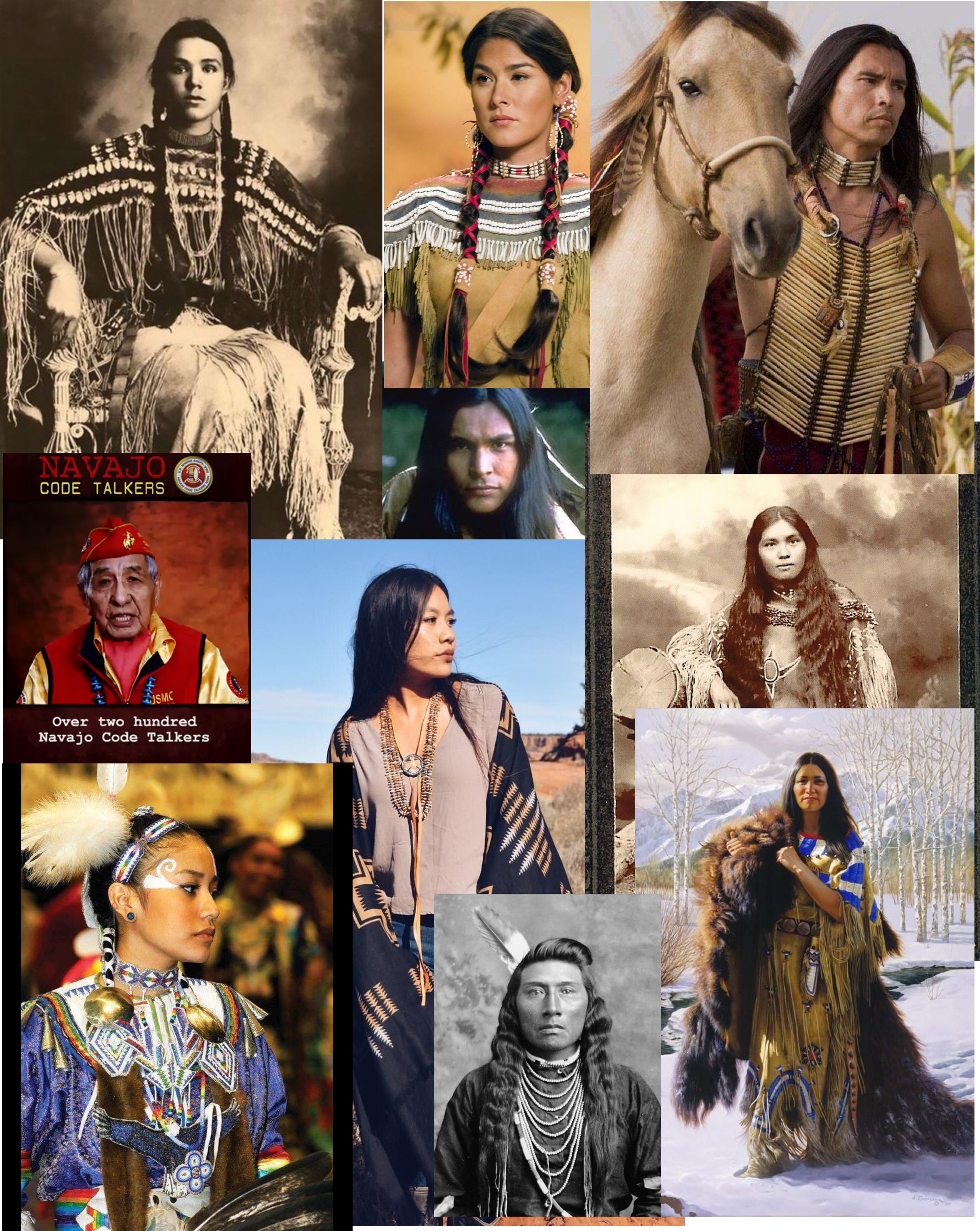
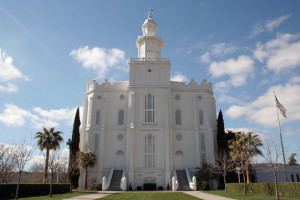
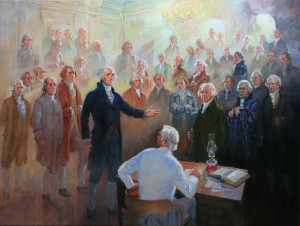




 Michael Bedard has created countless pieces of fine art, built three art studios, and raised a family of seven kids. He is a man who is confident in his abilities and always looking to improve them. He worked several jobs and served in the national guard while obtaining his BFA at Brigham Young University and MFA at Washington State University, all while raising a growing family. Michael is now living in Nauvoo, Illinois, with his wife and youngest son, establishing another gallery there. He has come a long way, developing his art over the years and through life’s challenges. The simple desire to create something greater popped into existence when a little Michael saw a mural made of tiny tiles at the public pool one summer. The flippant thought came to him, “I can do that!” This little boy looked at a simple piece of art and grew to create masterpieces that shape and are shaped by the world around him. With support from his young single mother, encouragement from schoolteachers eager to get the rebel to do something productive, and later many more people, the young man began to doodle, grow, draw, and paint. From that point he began his mission to change himself and the world. “When you create great art that literally frees people, it lifts them up and gives them wings.”
Michael Bedard has created countless pieces of fine art, built three art studios, and raised a family of seven kids. He is a man who is confident in his abilities and always looking to improve them. He worked several jobs and served in the national guard while obtaining his BFA at Brigham Young University and MFA at Washington State University, all while raising a growing family. Michael is now living in Nauvoo, Illinois, with his wife and youngest son, establishing another gallery there. He has come a long way, developing his art over the years and through life’s challenges. The simple desire to create something greater popped into existence when a little Michael saw a mural made of tiny tiles at the public pool one summer. The flippant thought came to him, “I can do that!” This little boy looked at a simple piece of art and grew to create masterpieces that shape and are shaped by the world around him. With support from his young single mother, encouragement from schoolteachers eager to get the rebel to do something productive, and later many more people, the young man began to doodle, grow, draw, and paint. From that point he began his mission to change himself and the world. “When you create great art that literally frees people, it lifts them up and gives them wings.”
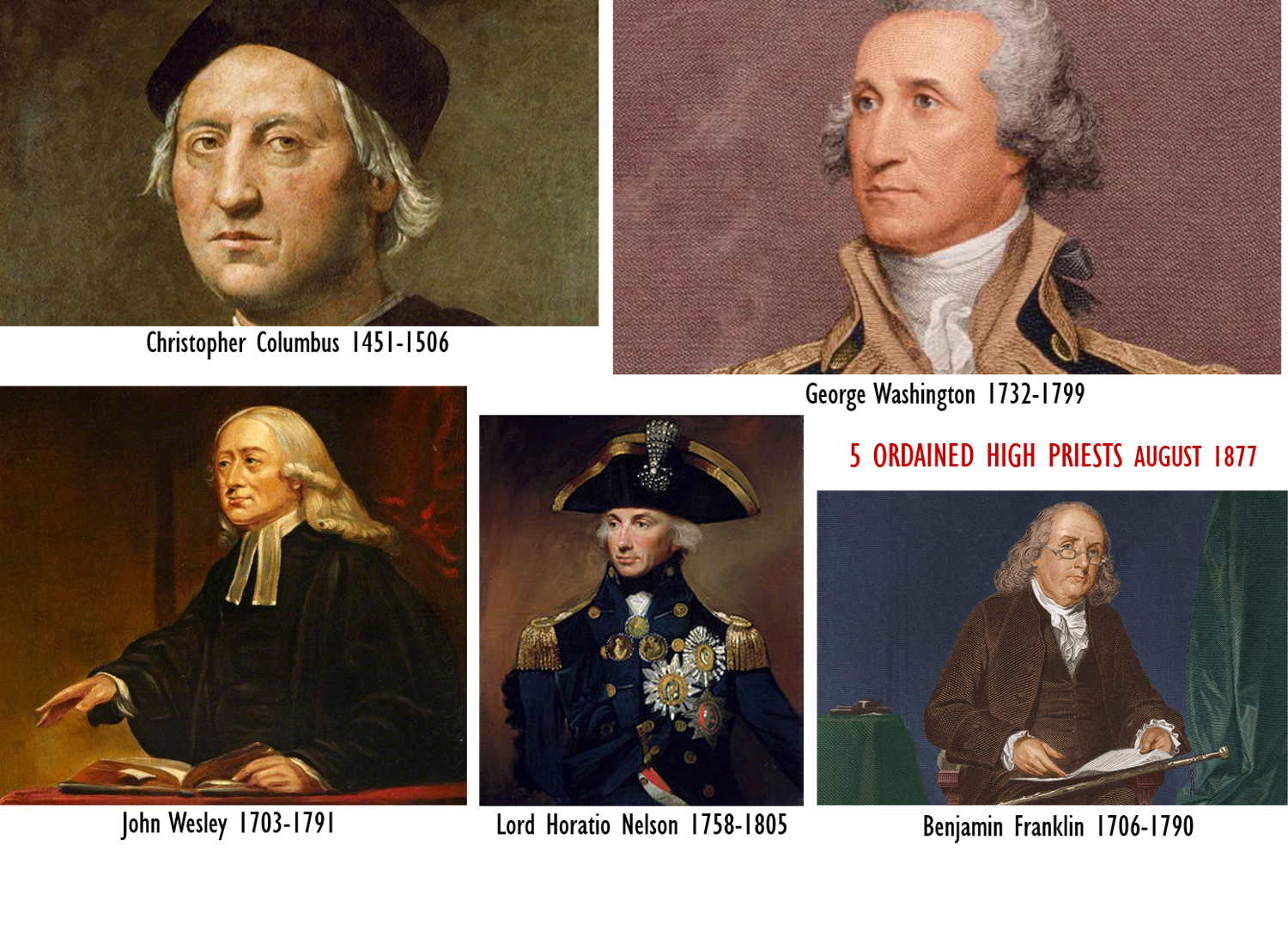






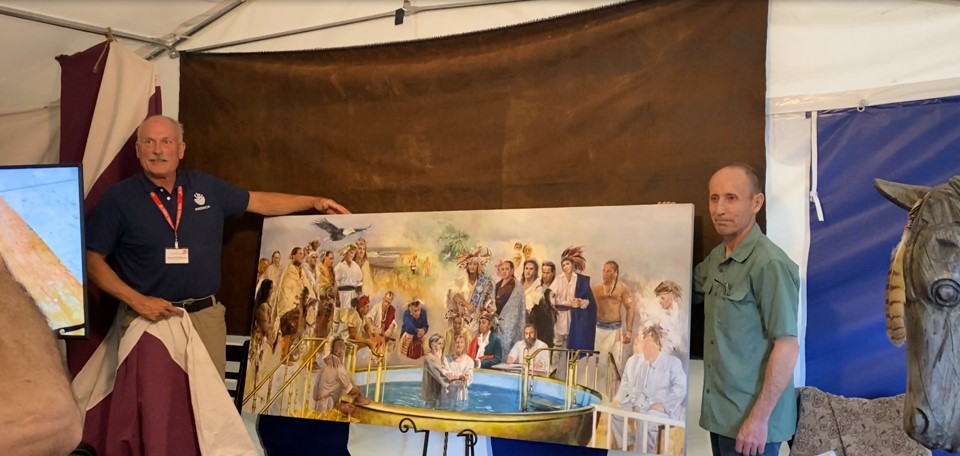
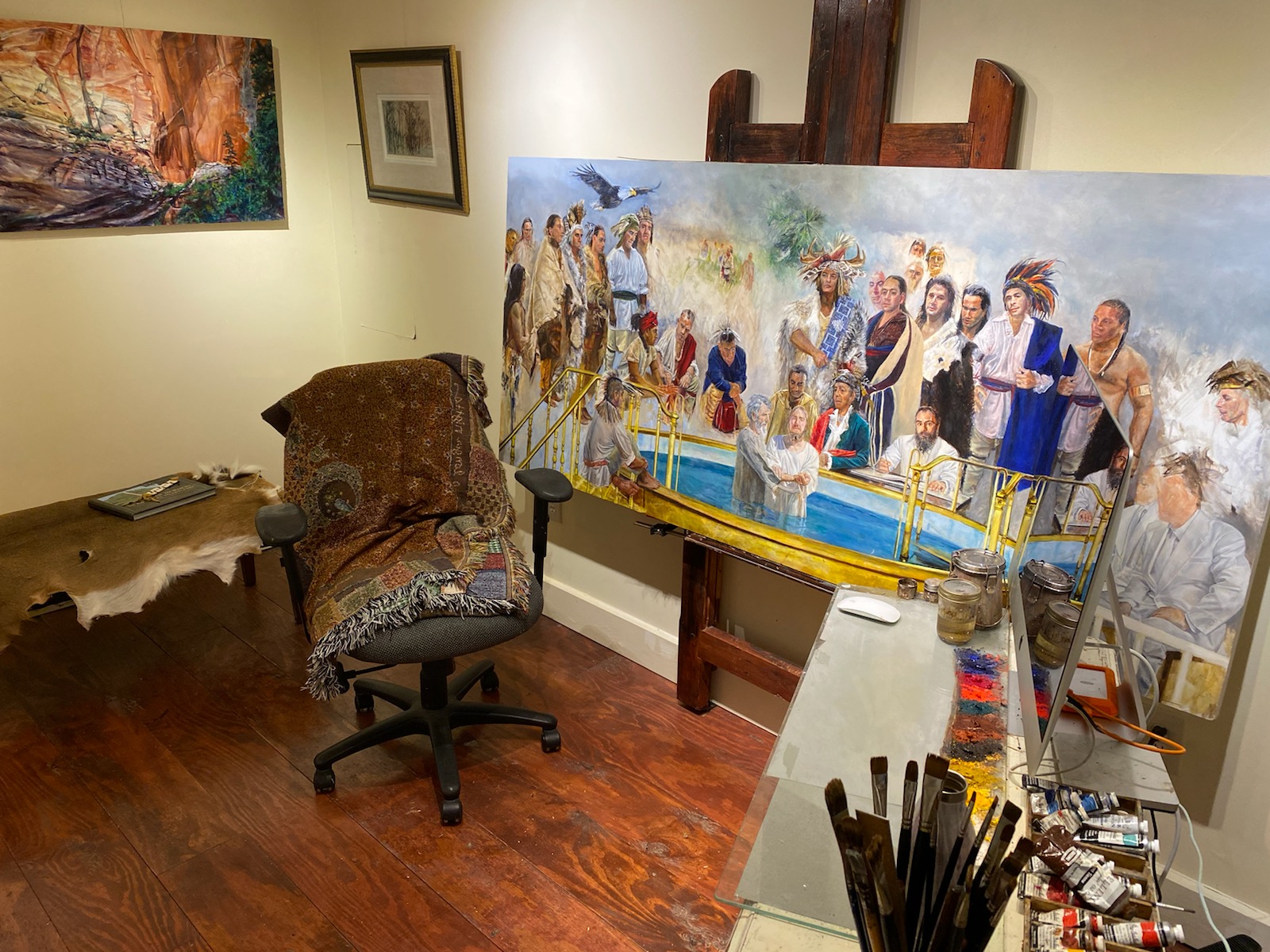
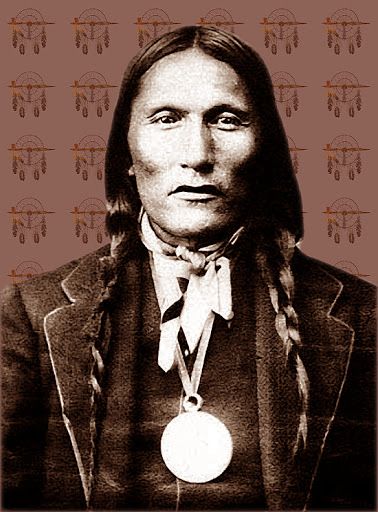 “The deep understanding of the proper role and procedures in good government exemplified by Canassatego in his discourses with many of the Founding Fathers may have contributed to his being included in a little-known account in the history of the Church. I have recounted many times this story of how a Native American Chief by the name of Canassatego had instructed some of the Founding Fathers during a particularly difficult negotiation, thereby being an instrument in establishing the inspired Constitution of the United States. Many Latter-day Saints are aware that in August 1877 at St. George, Utah, Wilford Woodruff, the temple president, and his recorder received visions that vicarious temple ordinances for the Founding Fathers and other eminent men and women were to be performed. On August 21, 1877, temple ordinance work was undertaken for them.
“The deep understanding of the proper role and procedures in good government exemplified by Canassatego in his discourses with many of the Founding Fathers may have contributed to his being included in a little-known account in the history of the Church. I have recounted many times this story of how a Native American Chief by the name of Canassatego had instructed some of the Founding Fathers during a particularly difficult negotiation, thereby being an instrument in establishing the inspired Constitution of the United States. Many Latter-day Saints are aware that in August 1877 at St. George, Utah, Wilford Woodruff, the temple president, and his recorder received visions that vicarious temple ordinances for the Founding Fathers and other eminent men and women were to be performed. On August 21, 1877, temple ordinance work was undertaken for them.